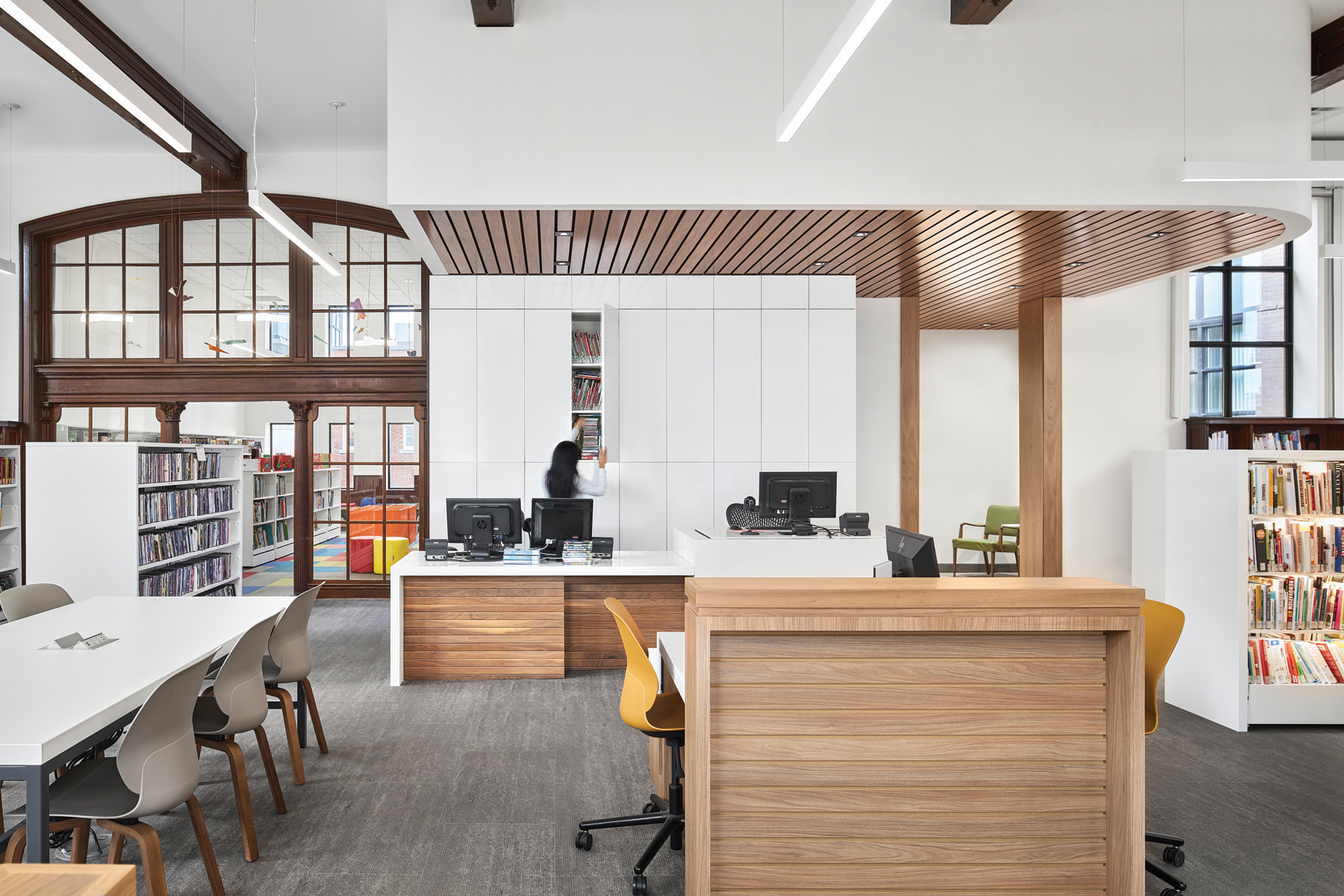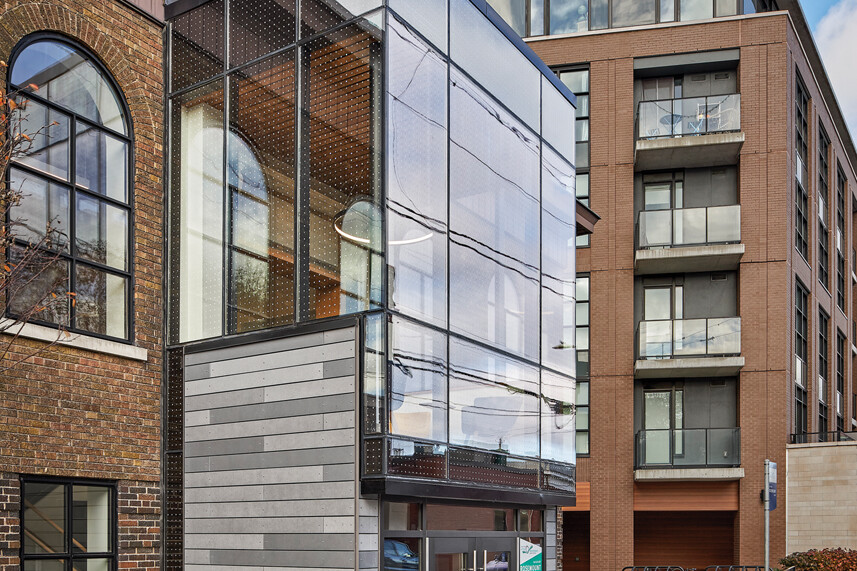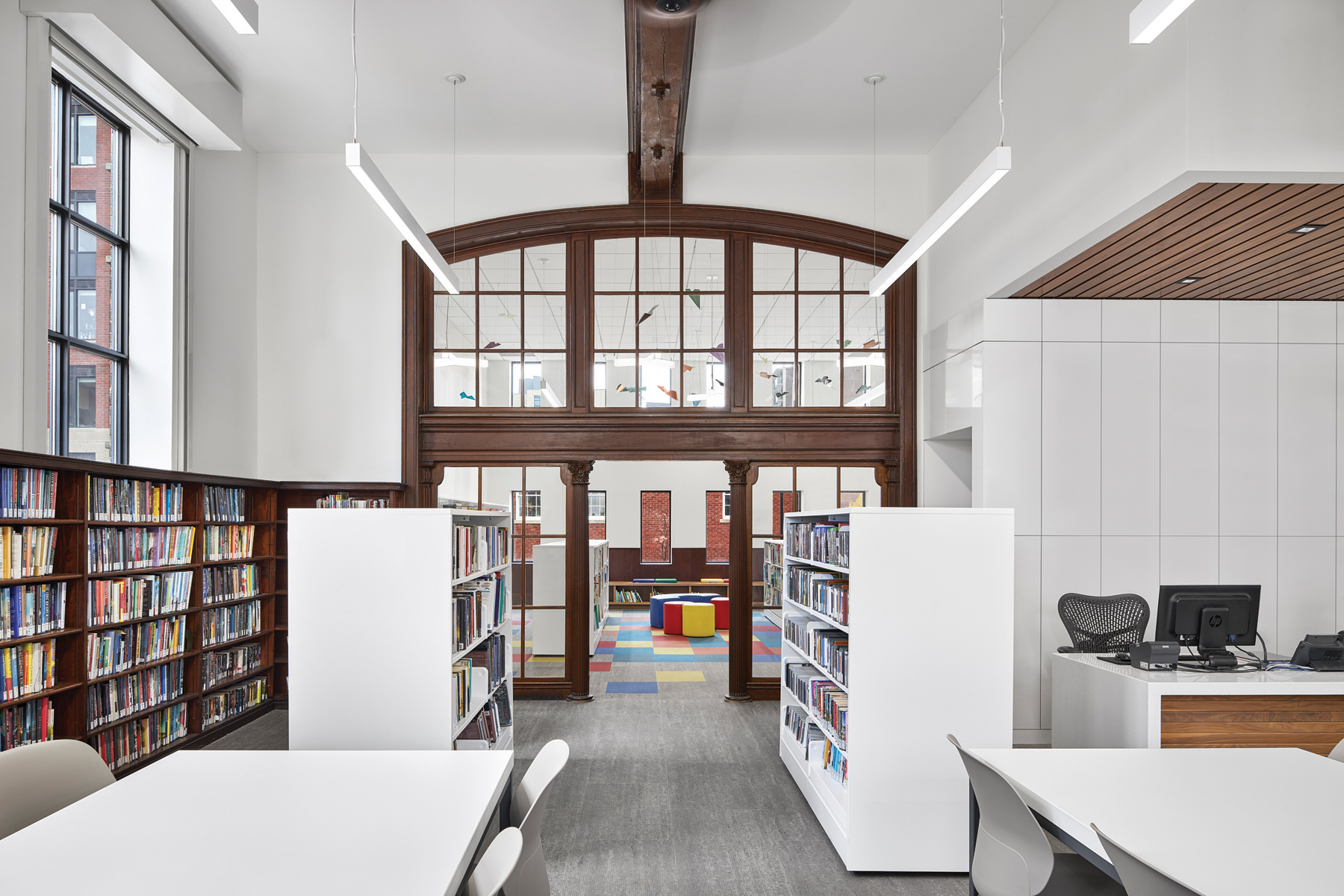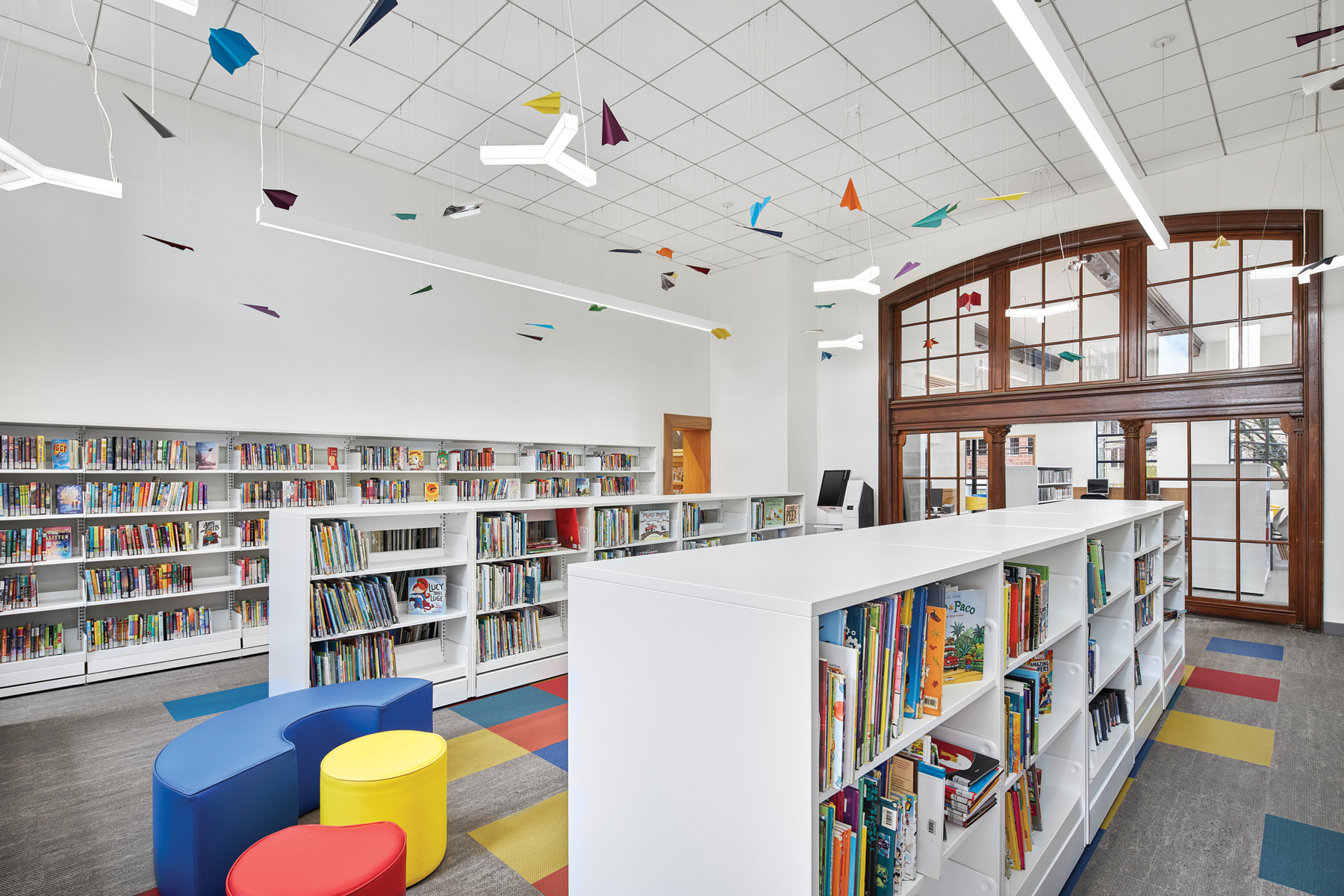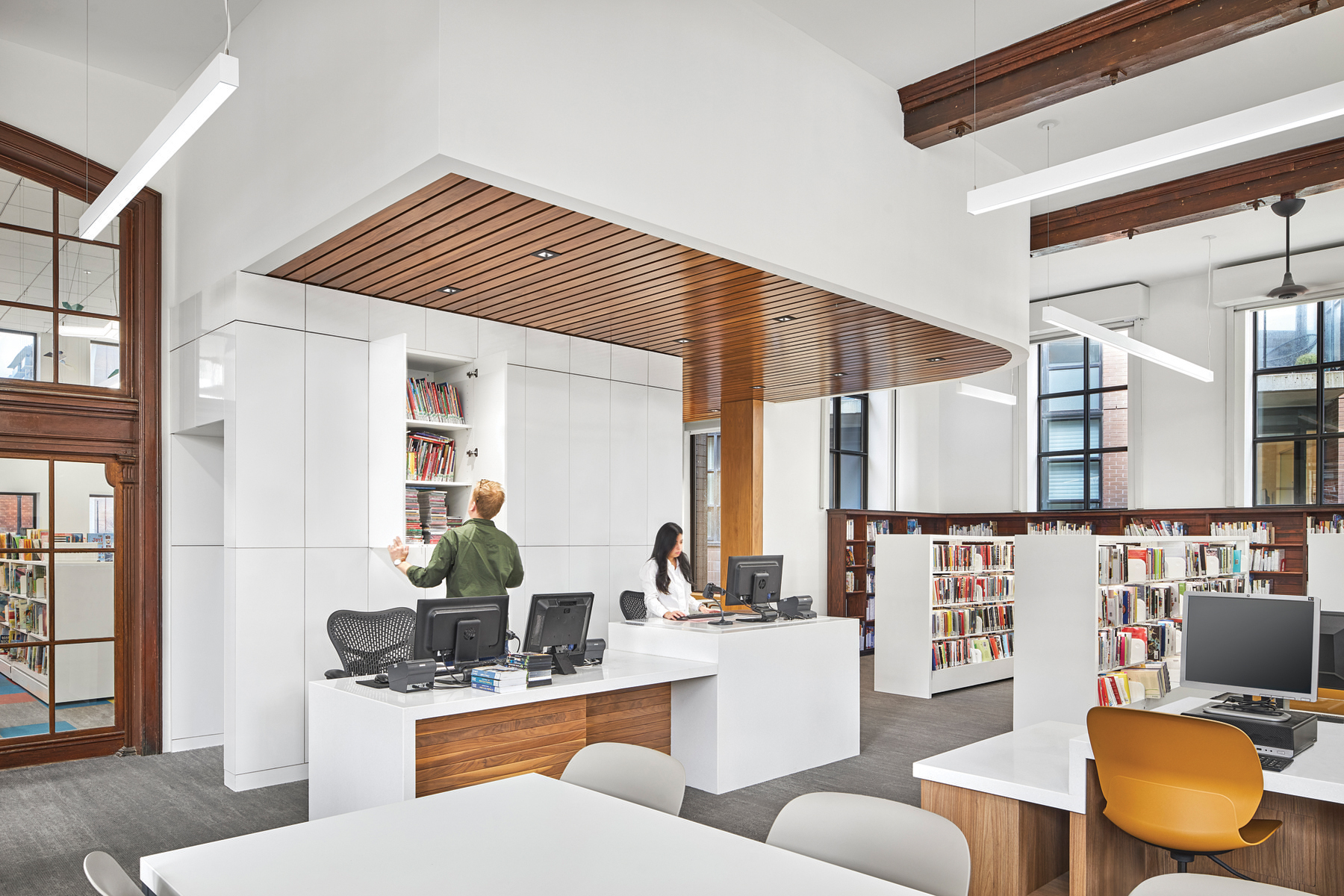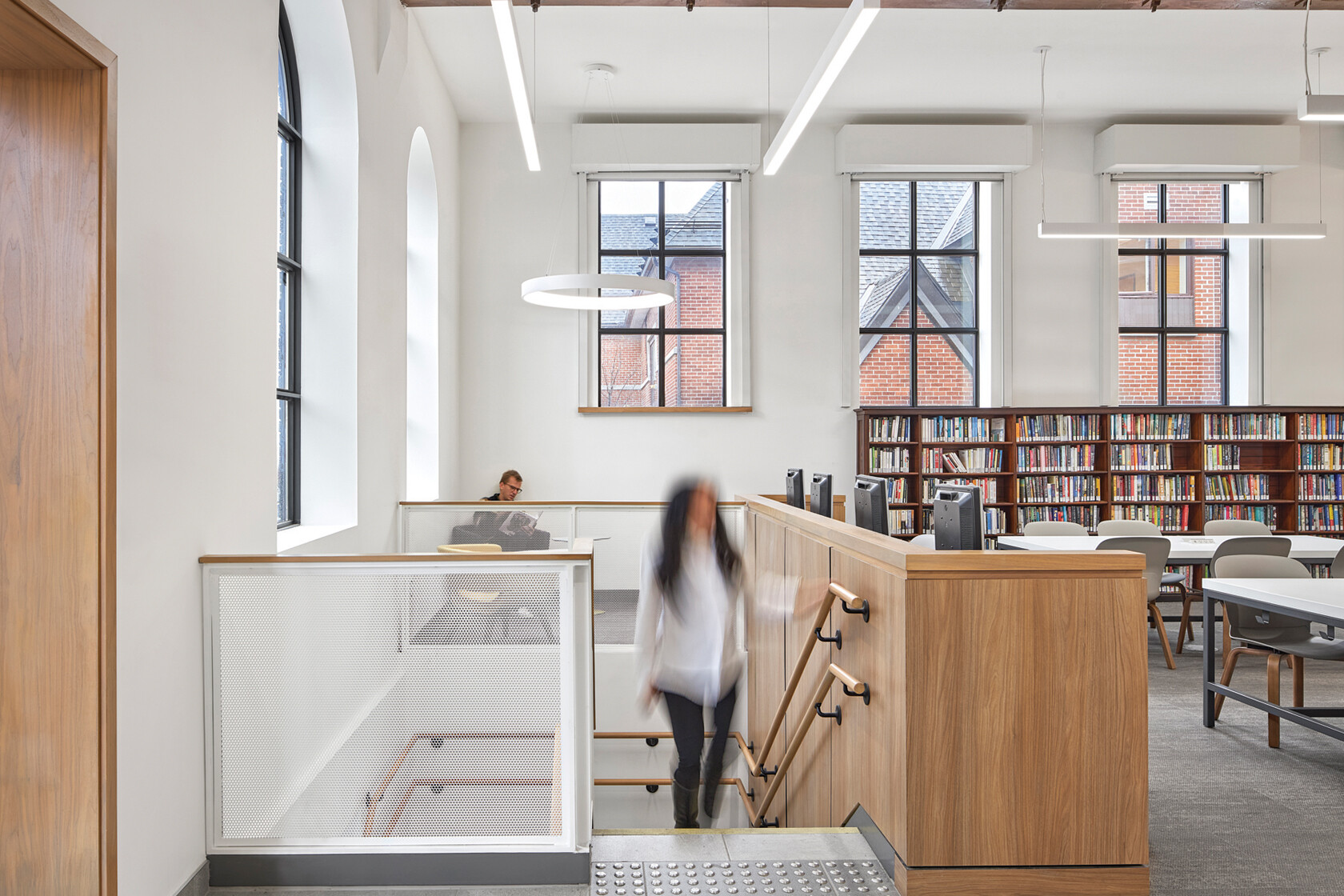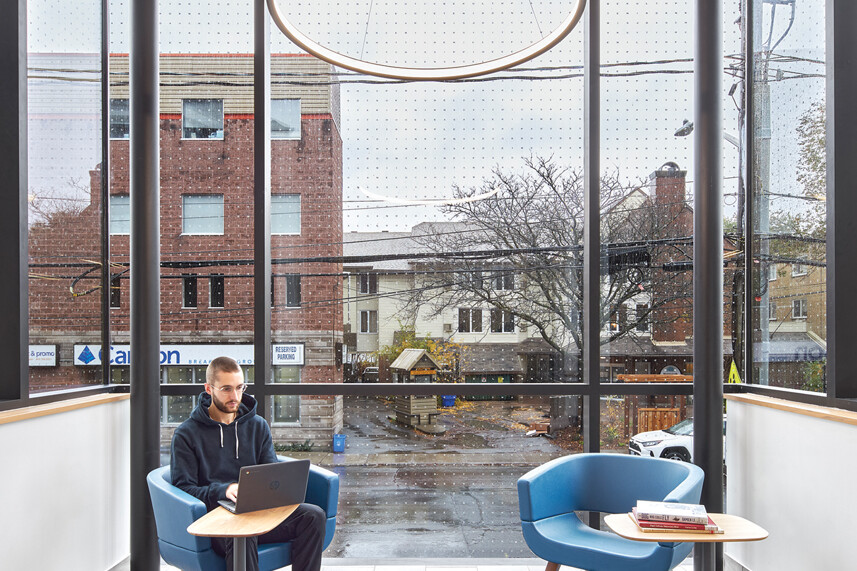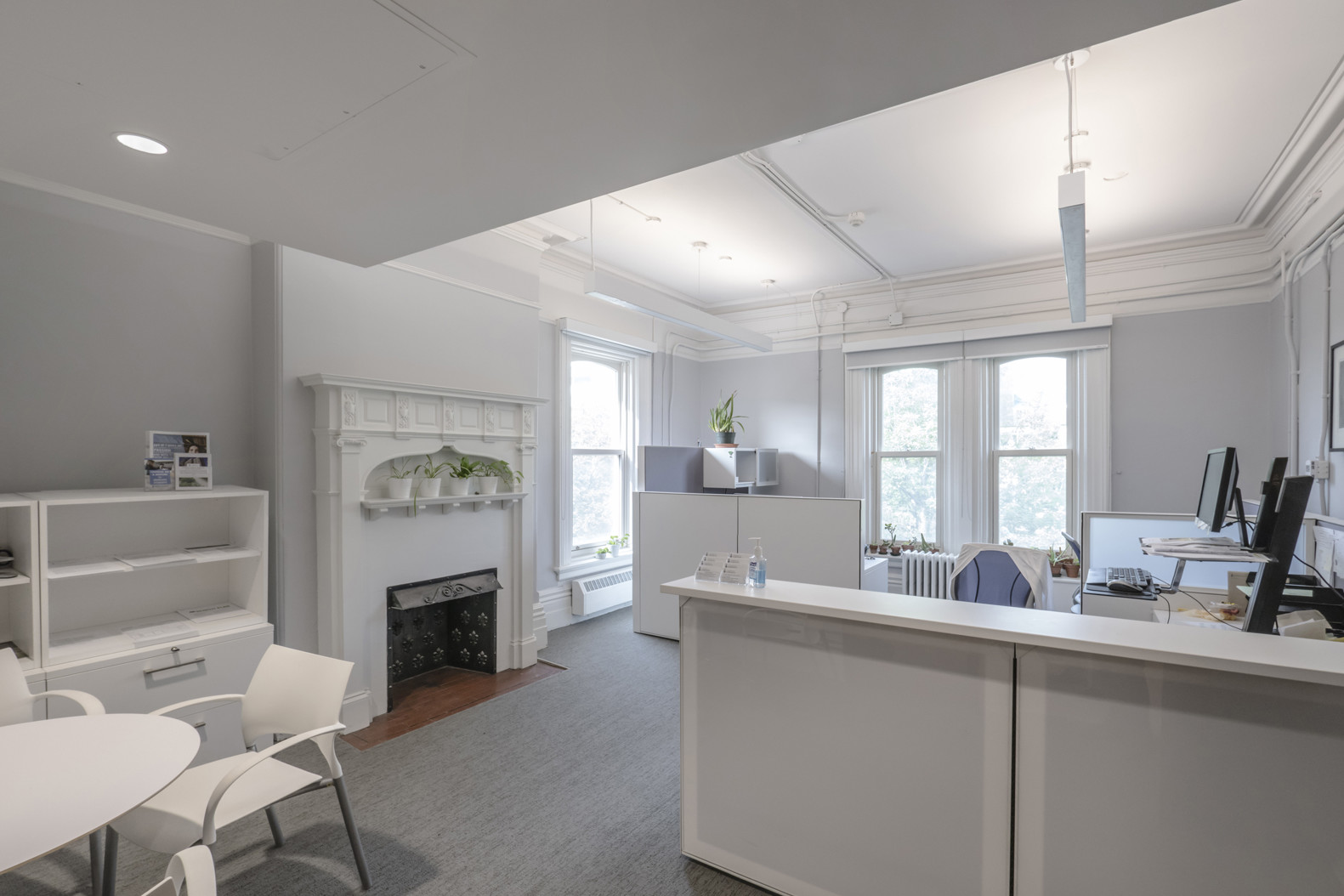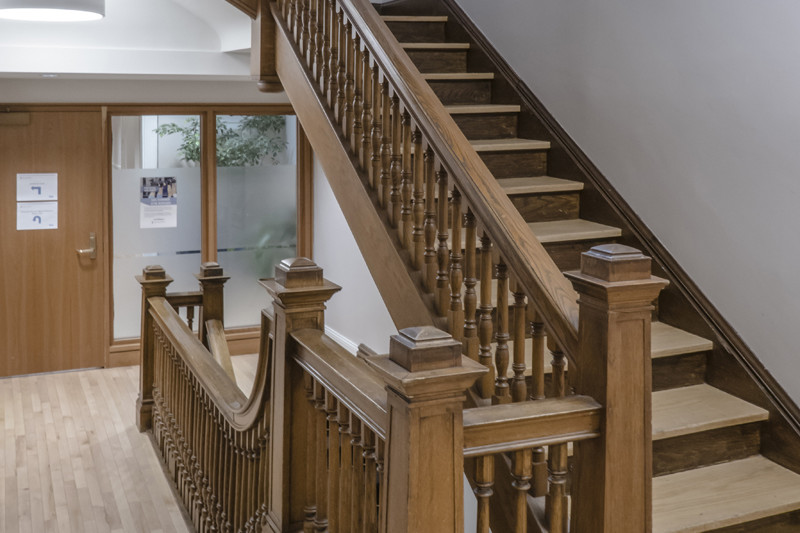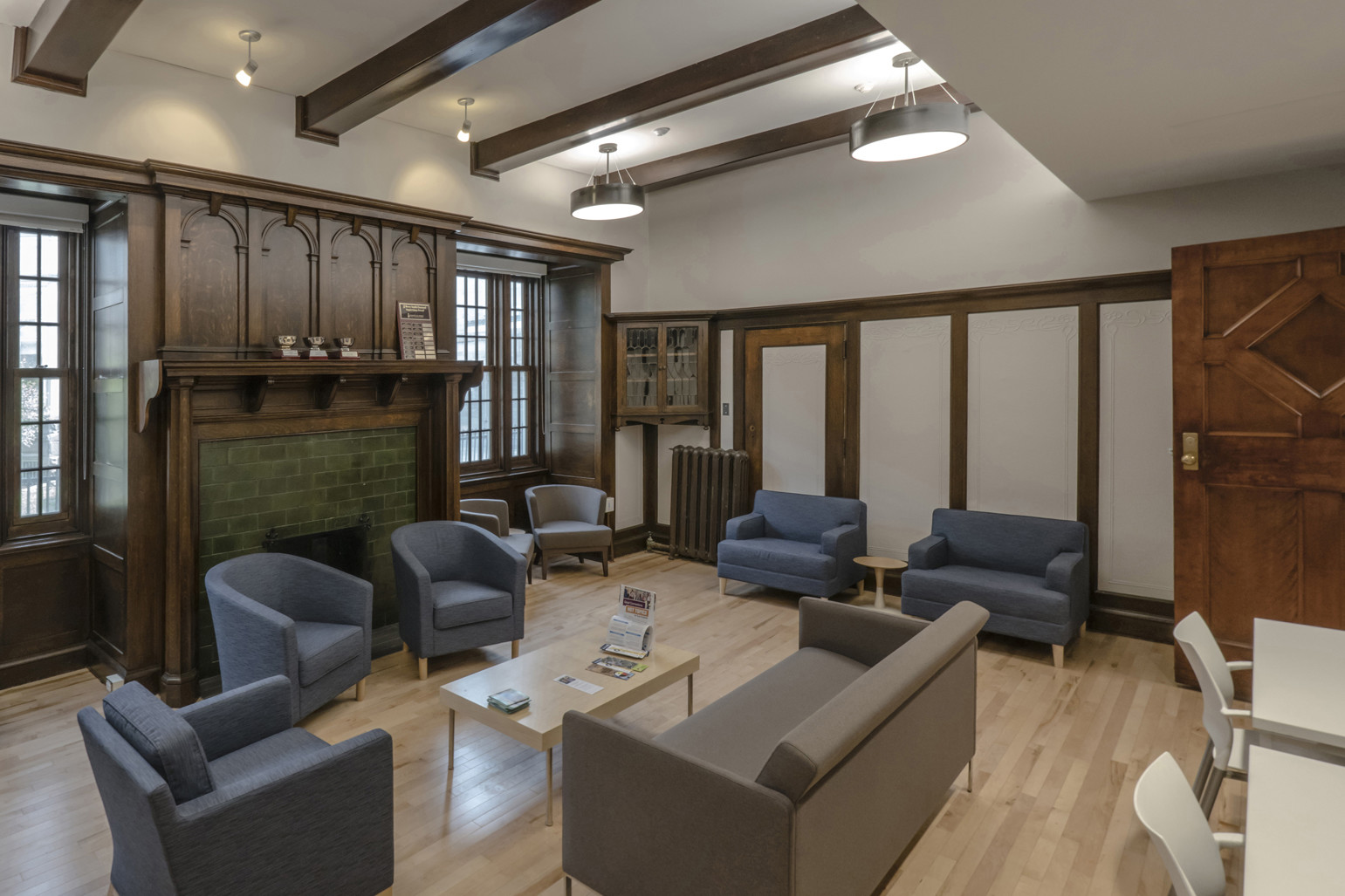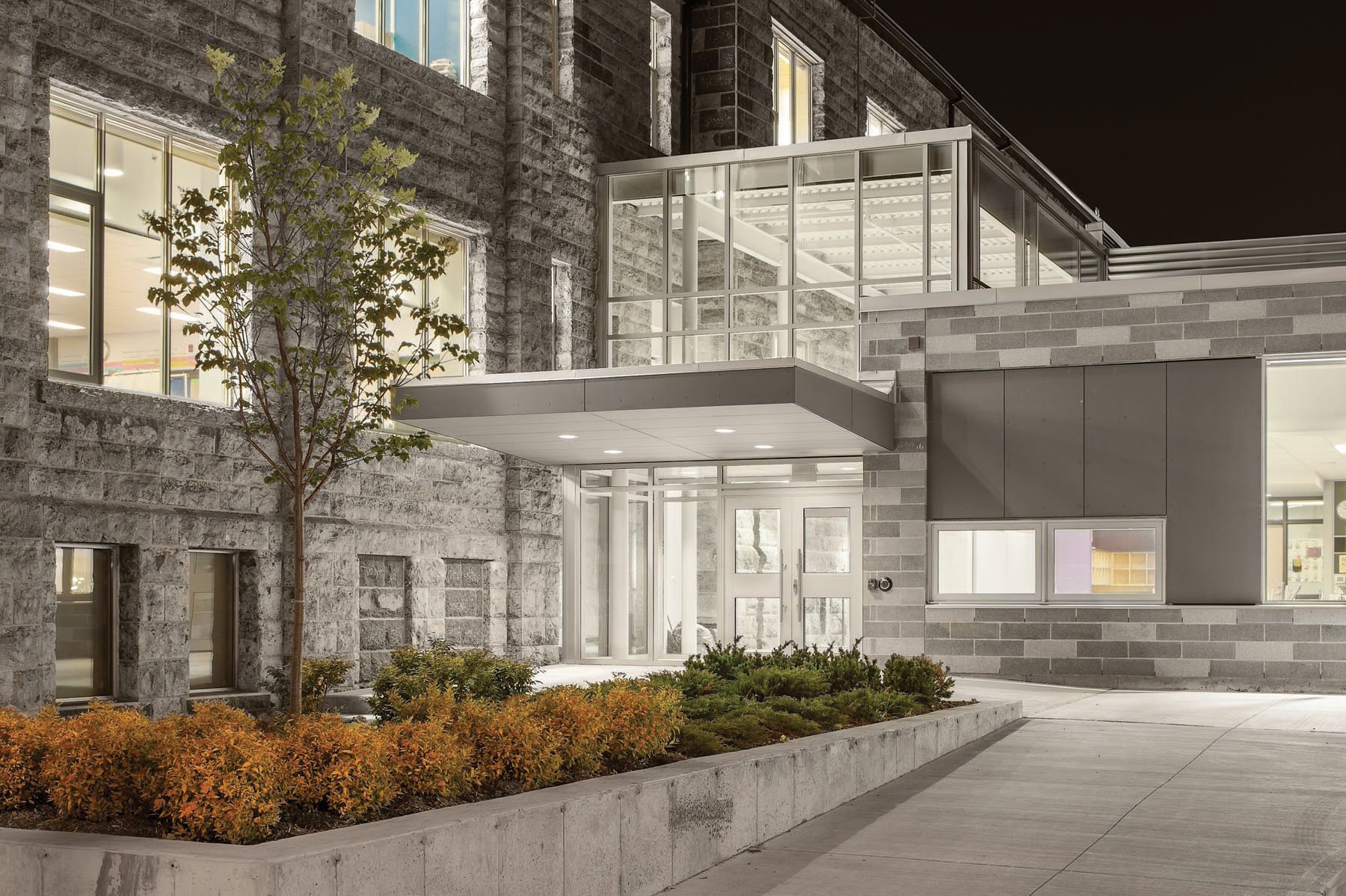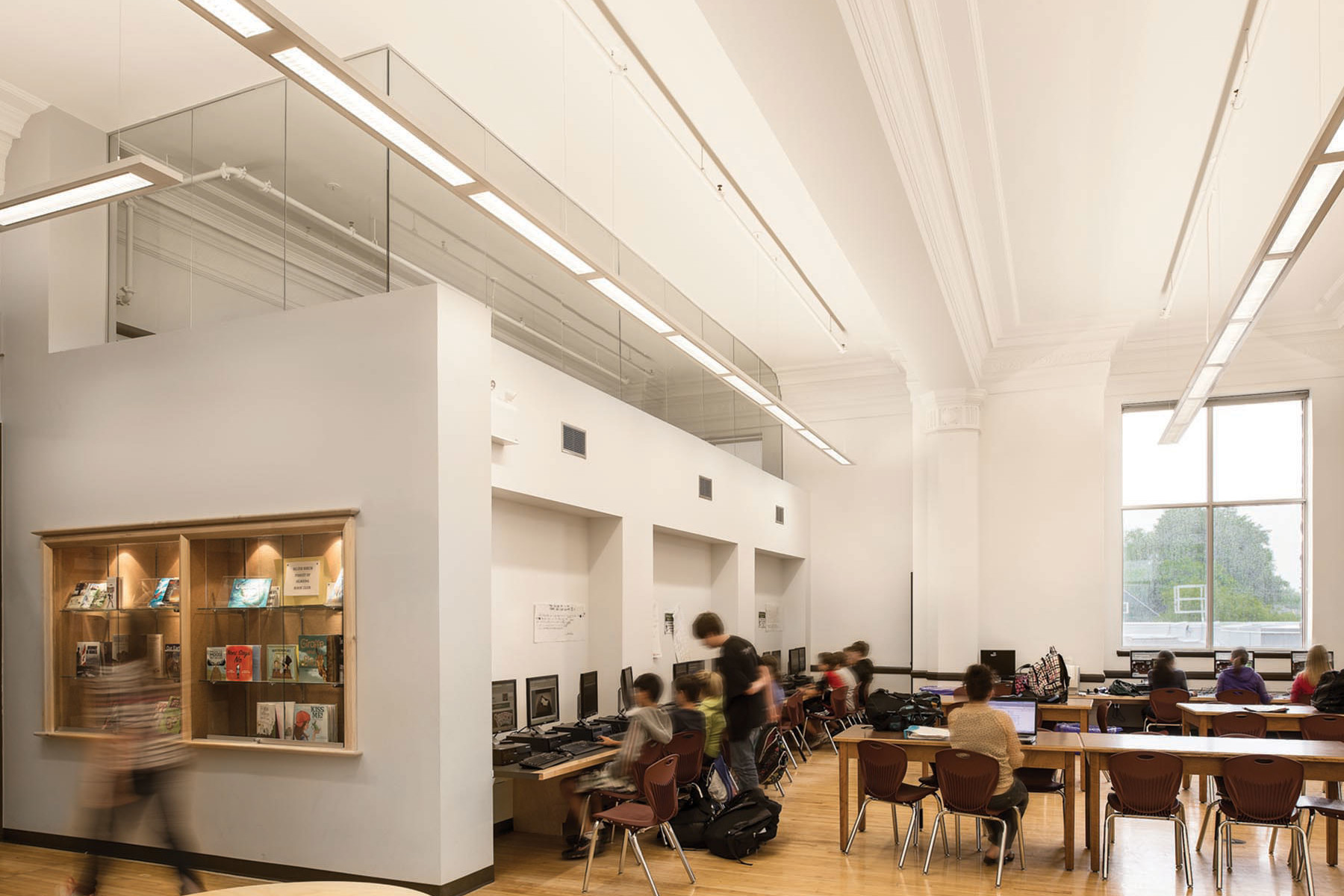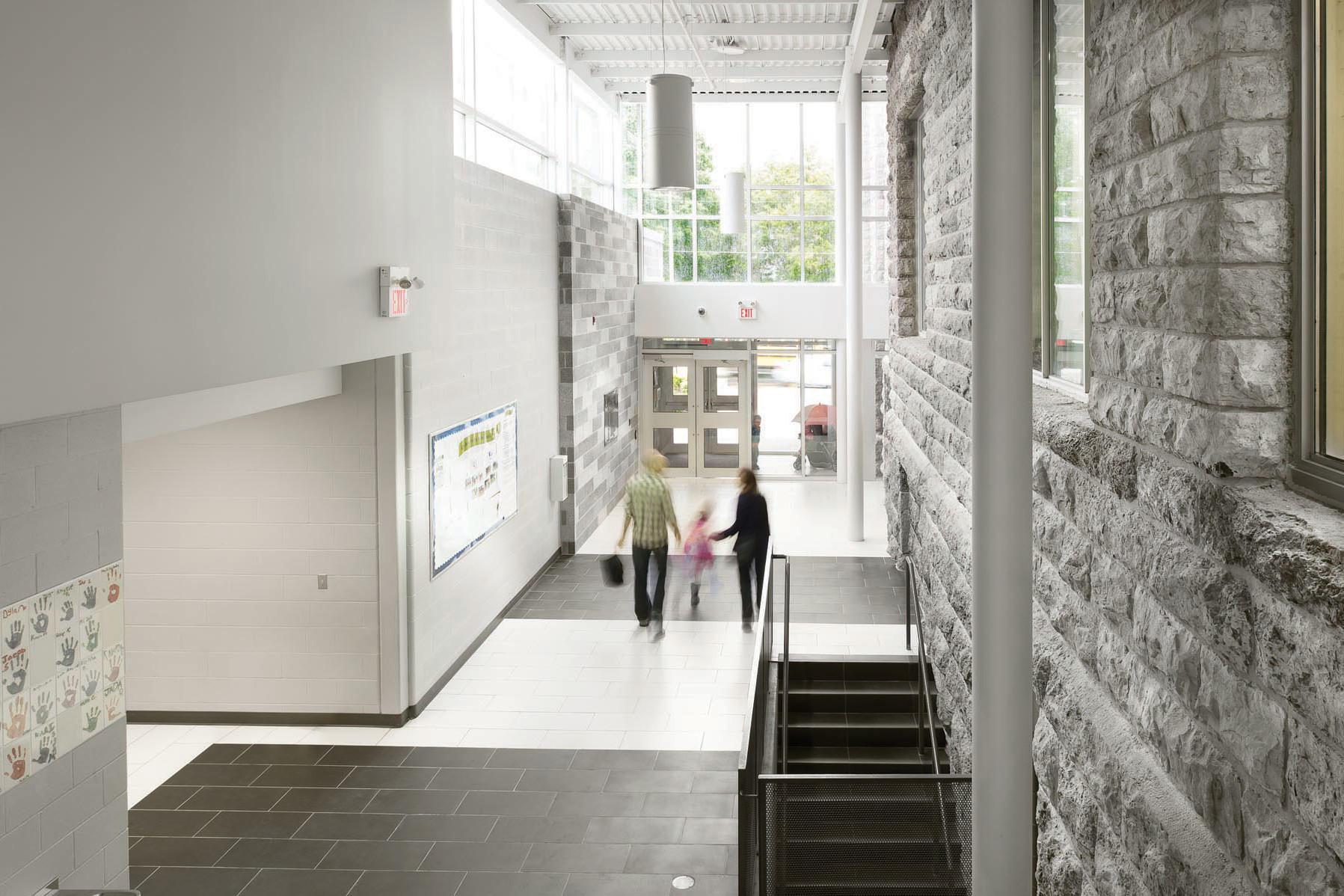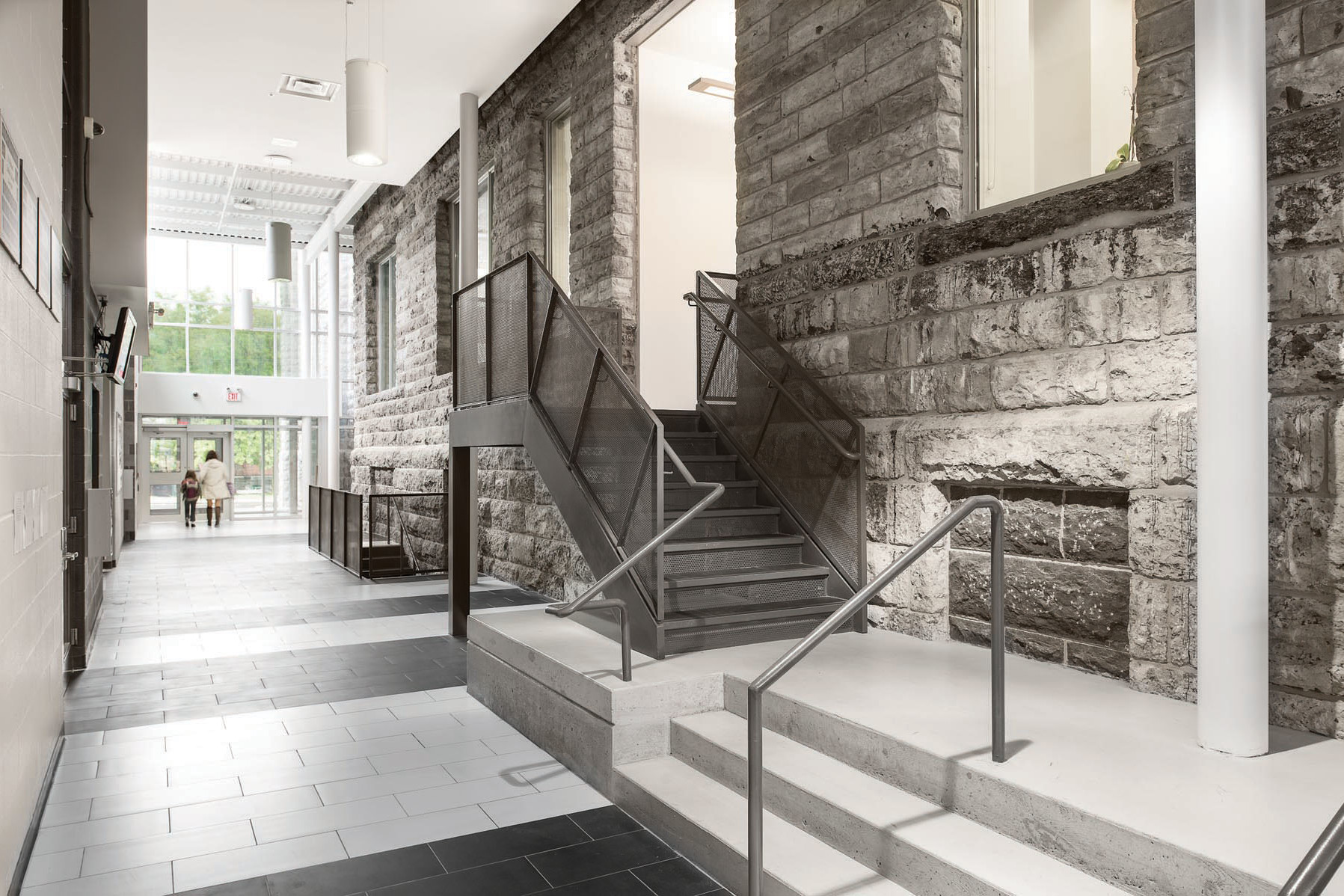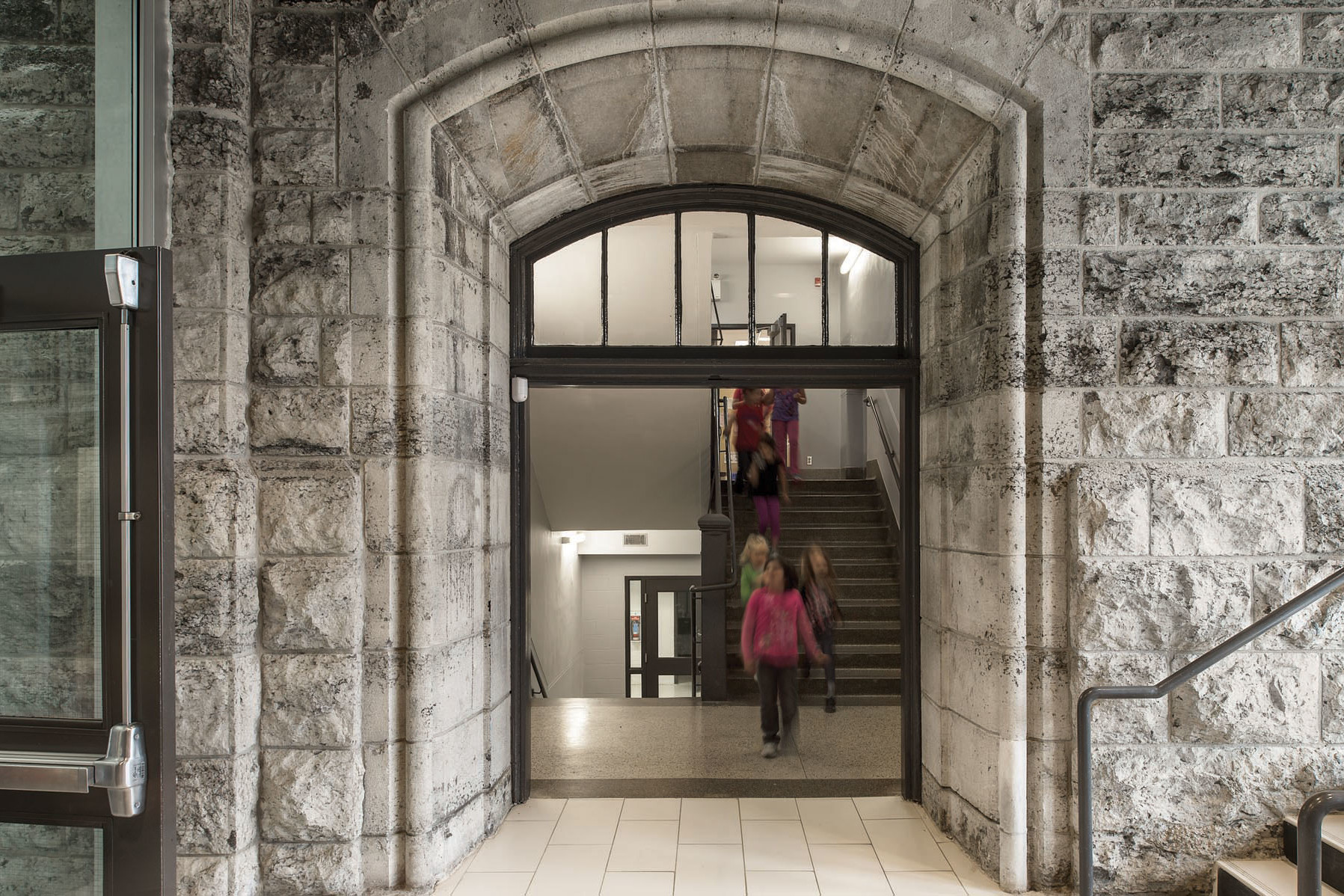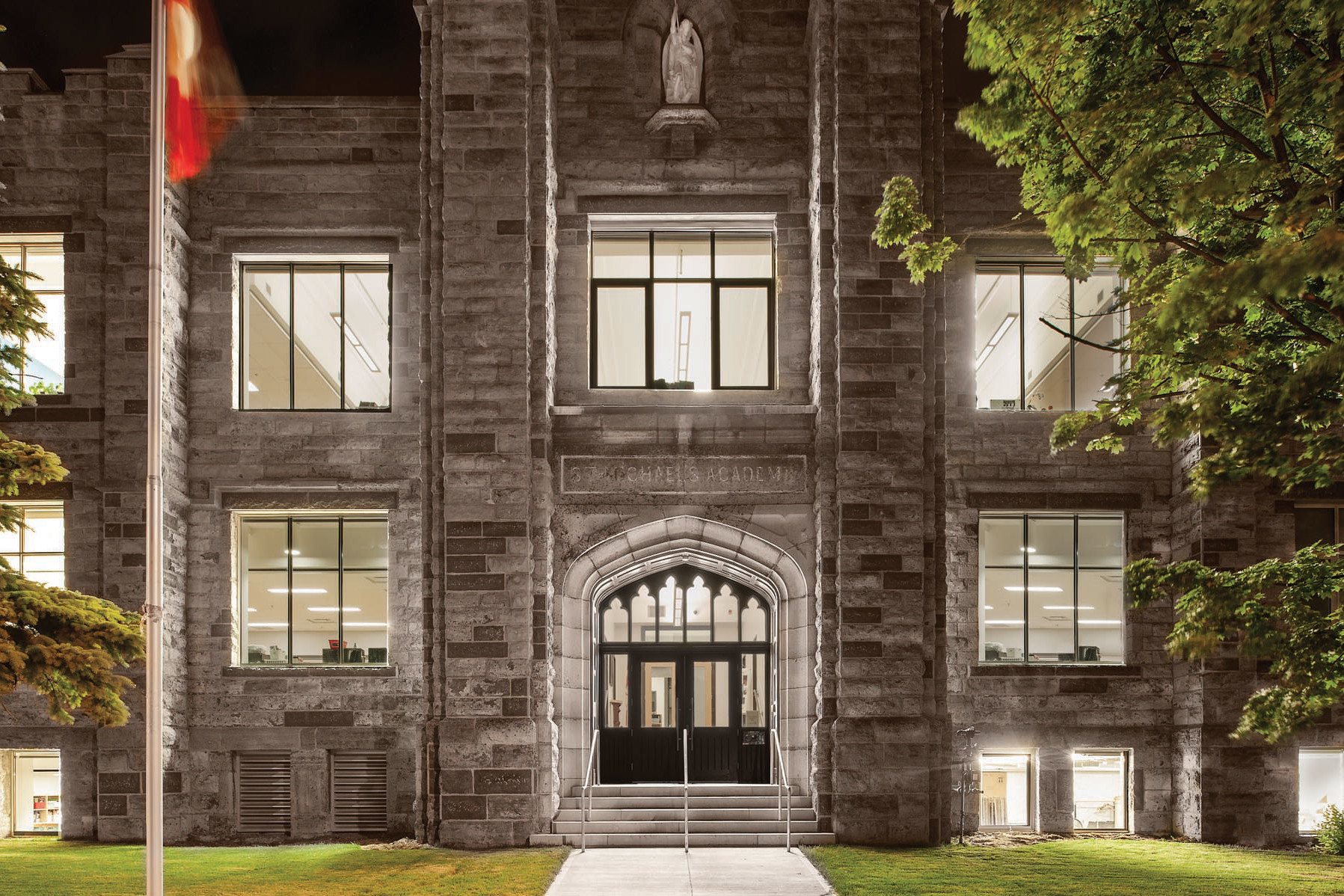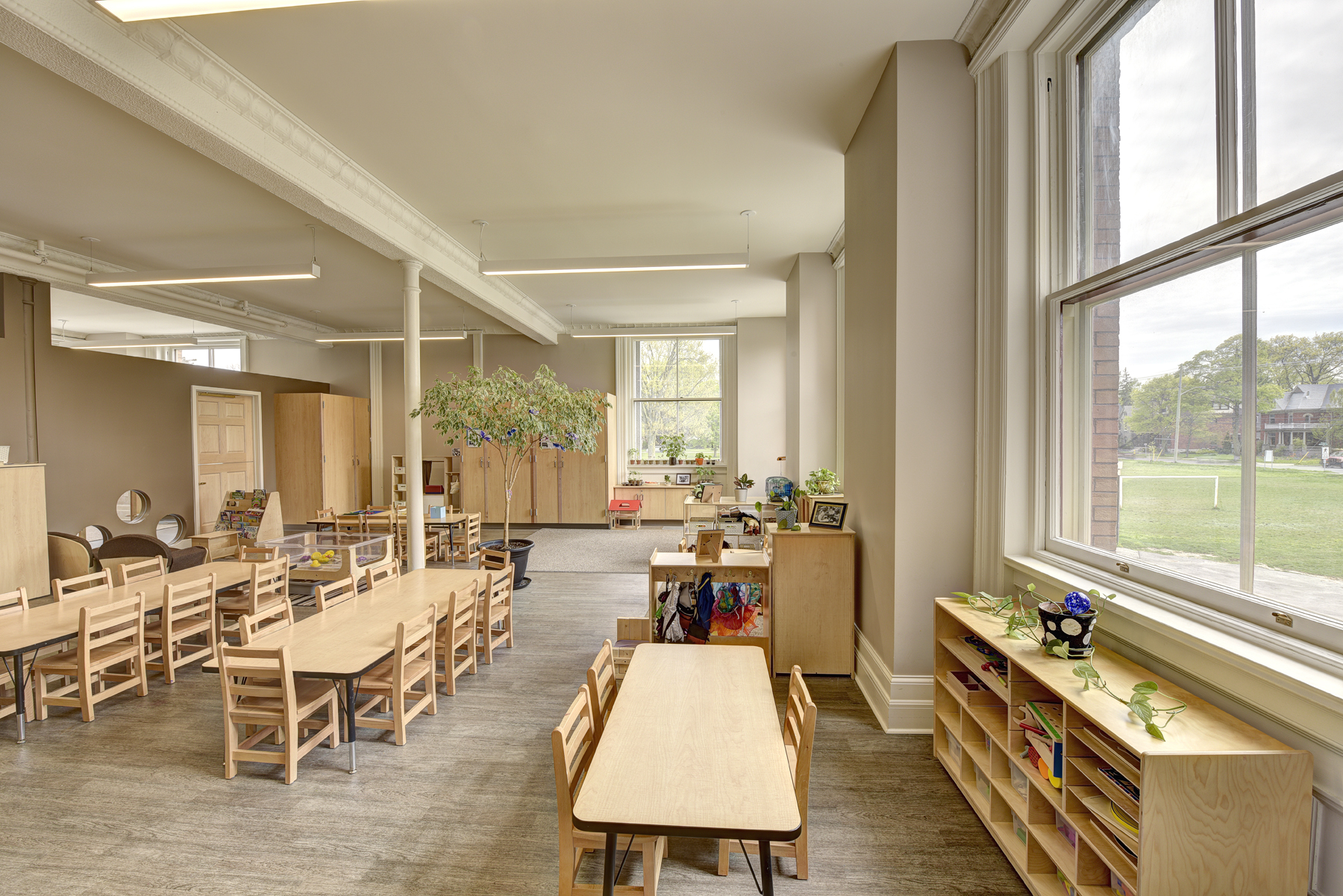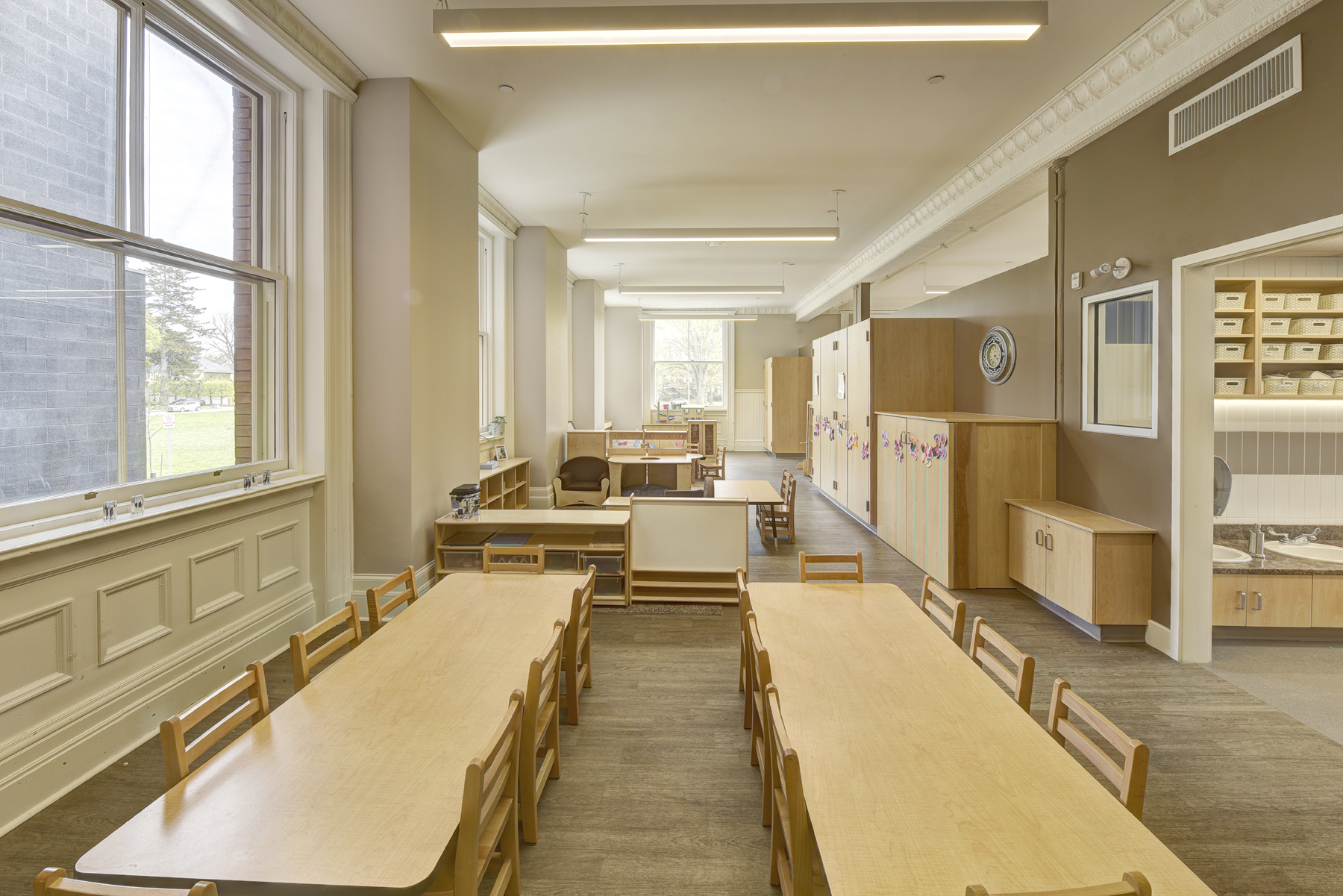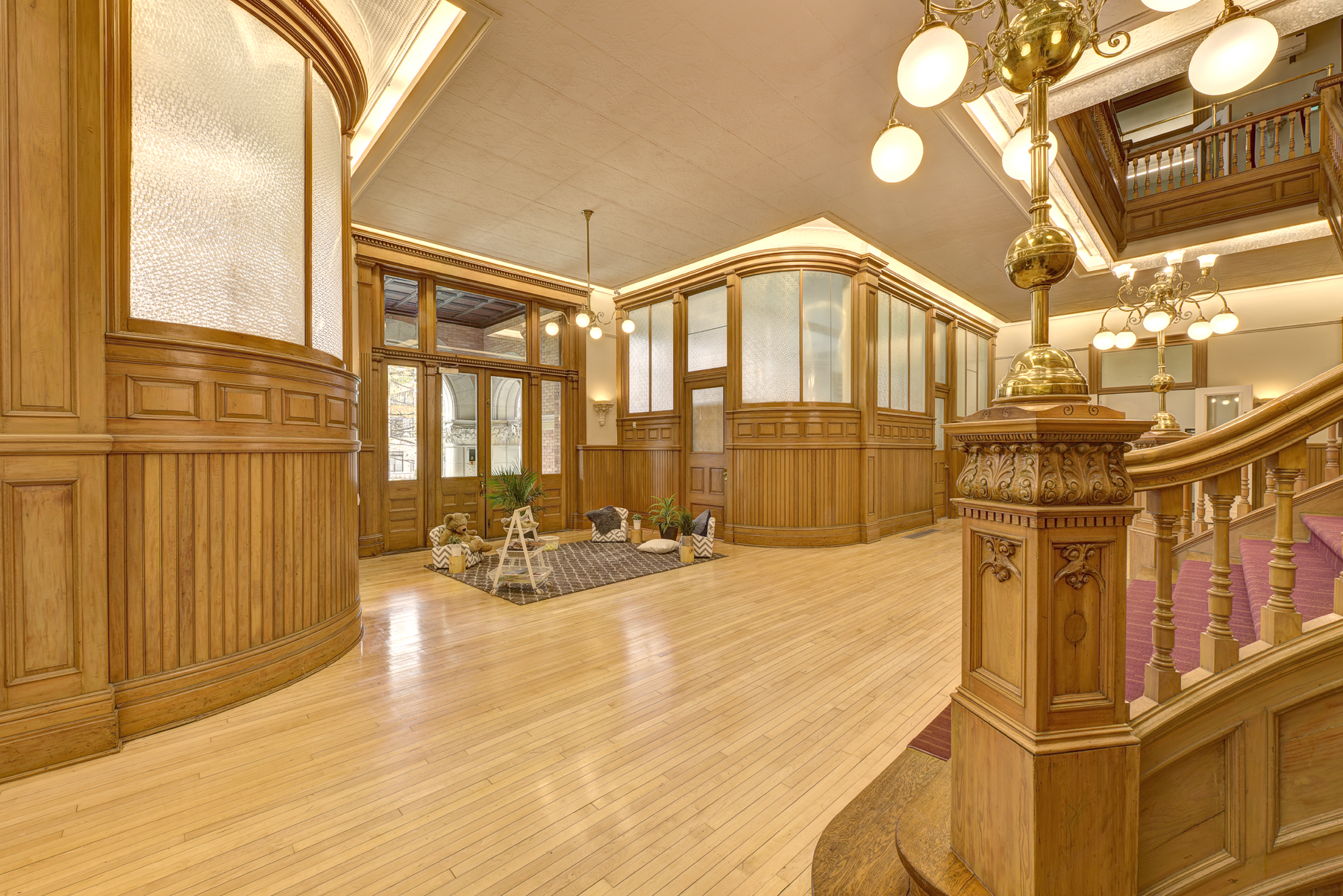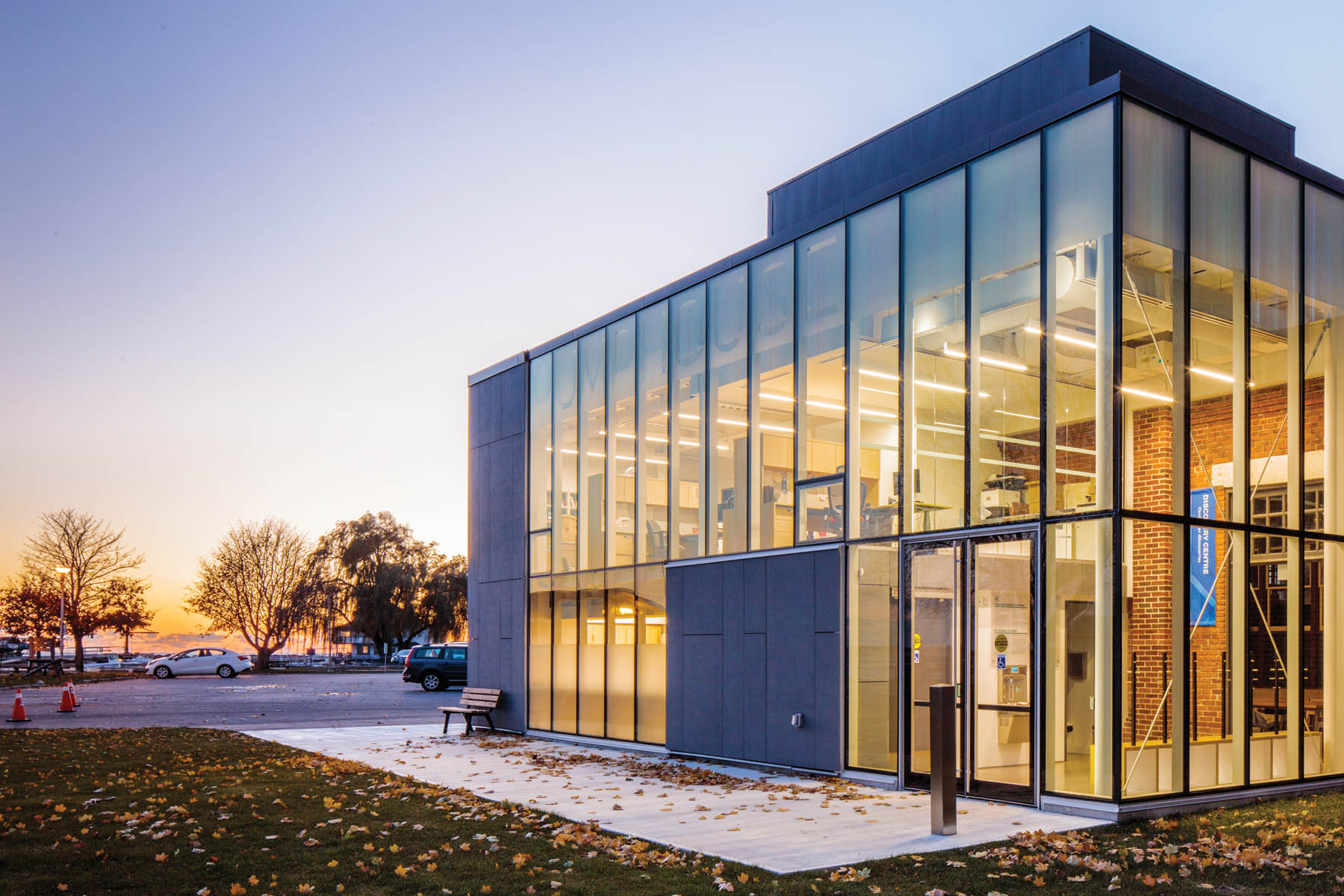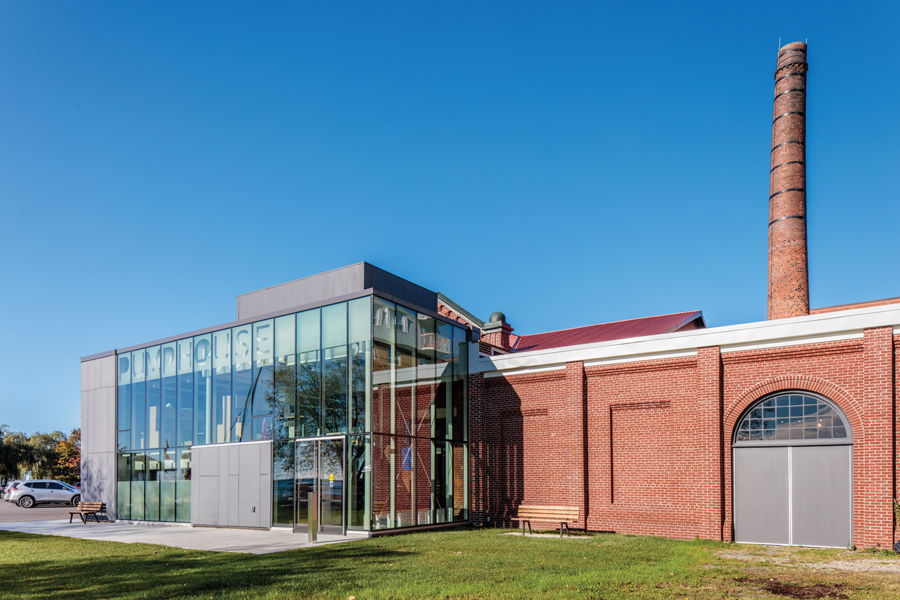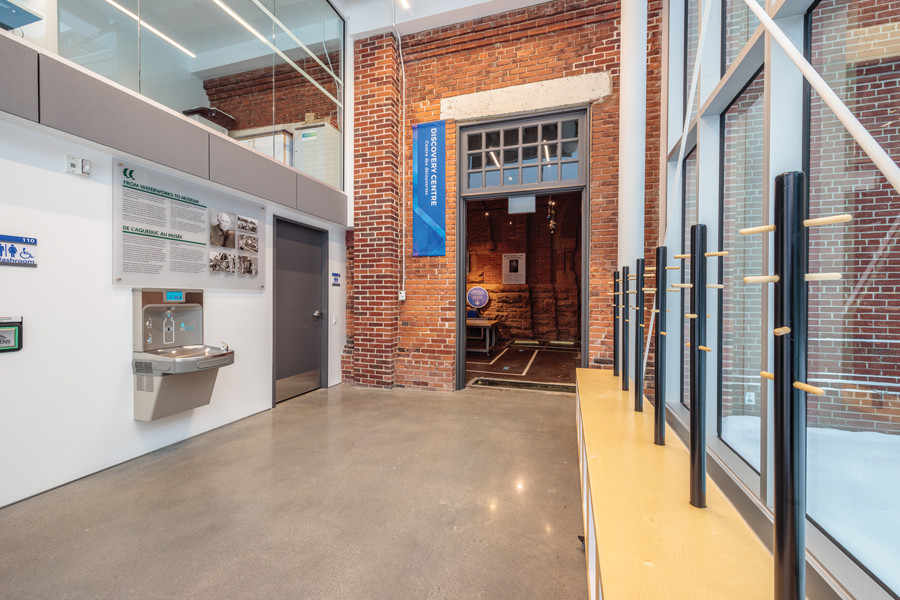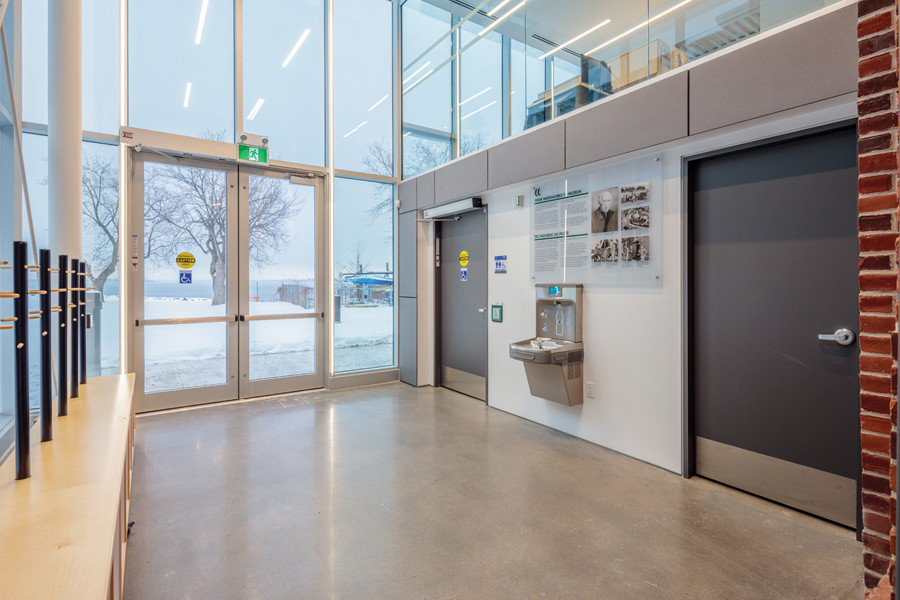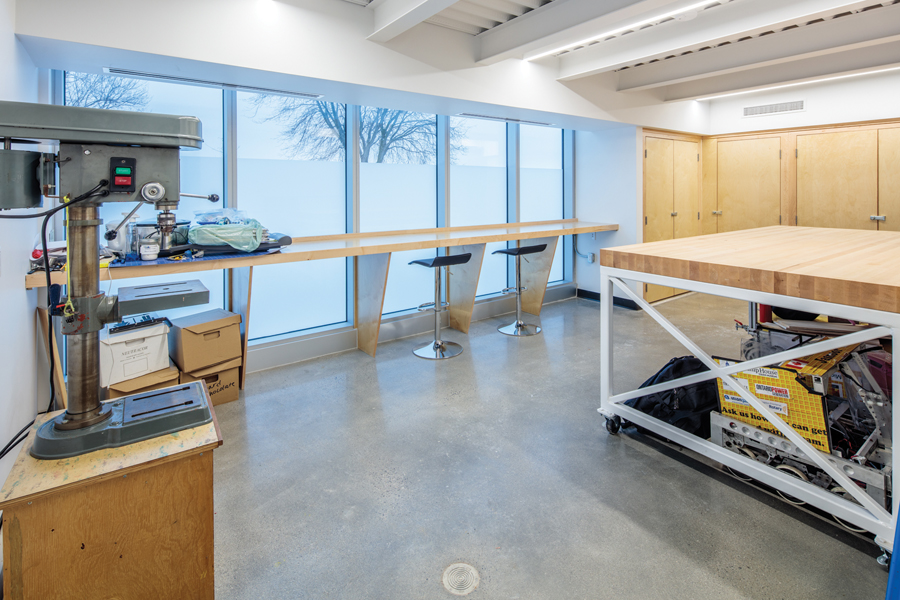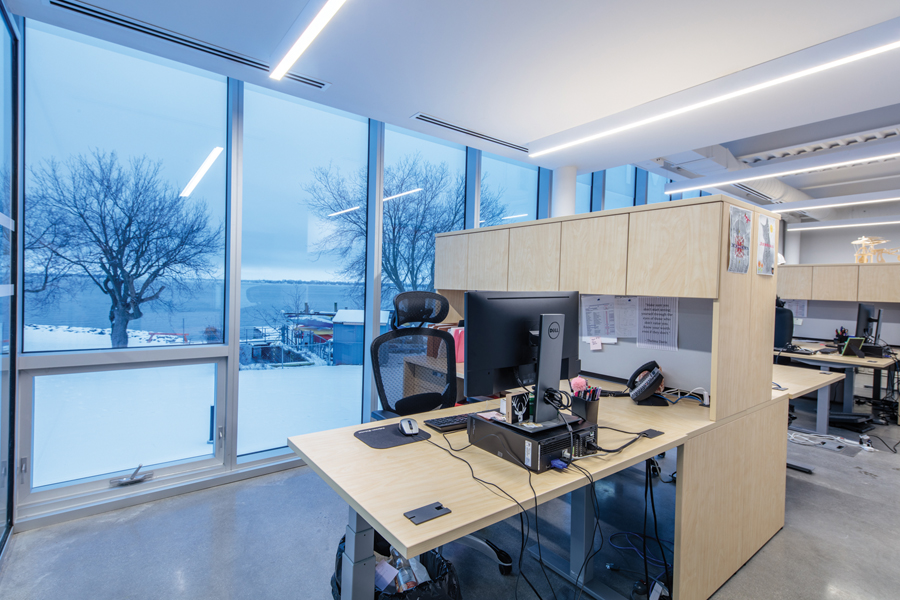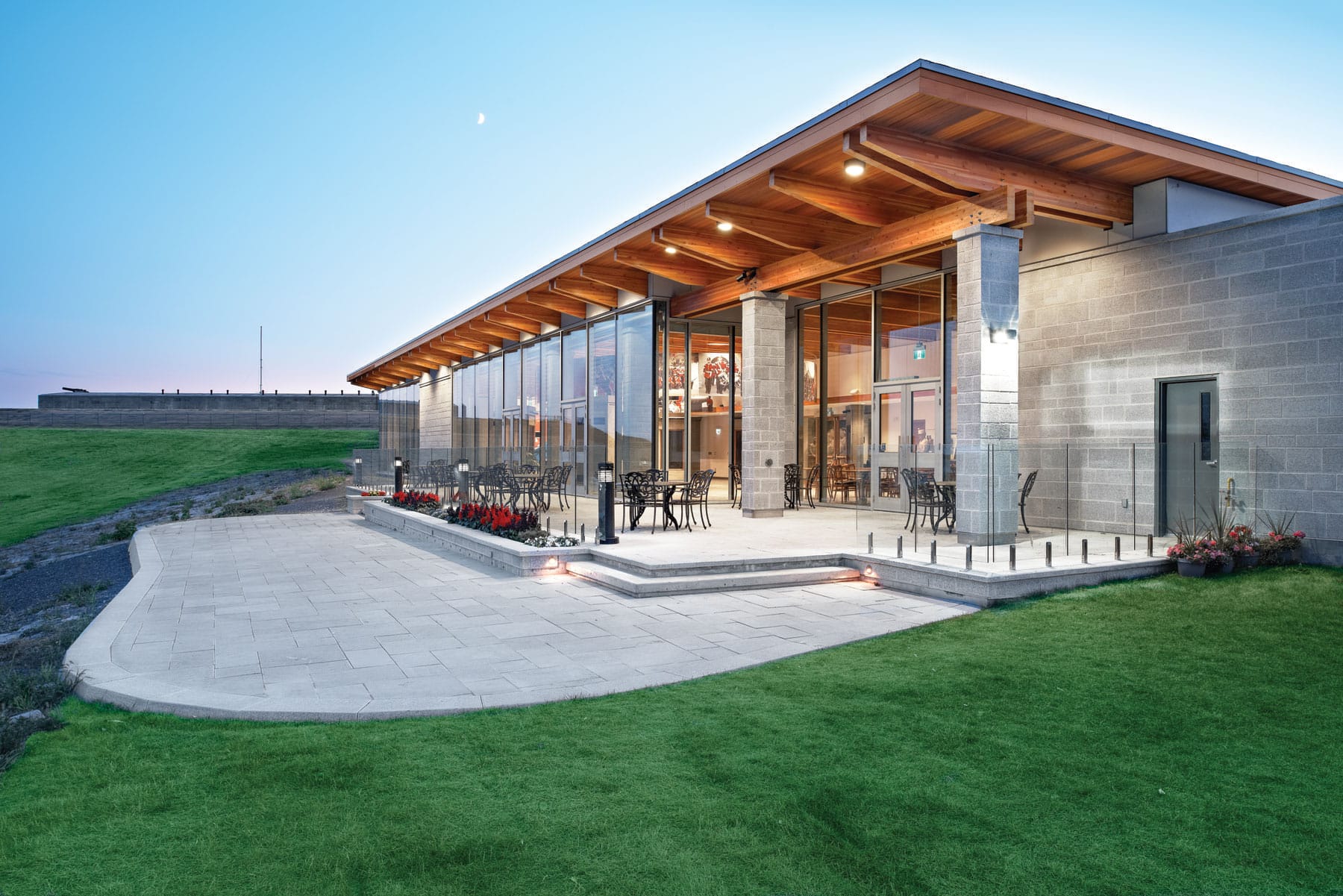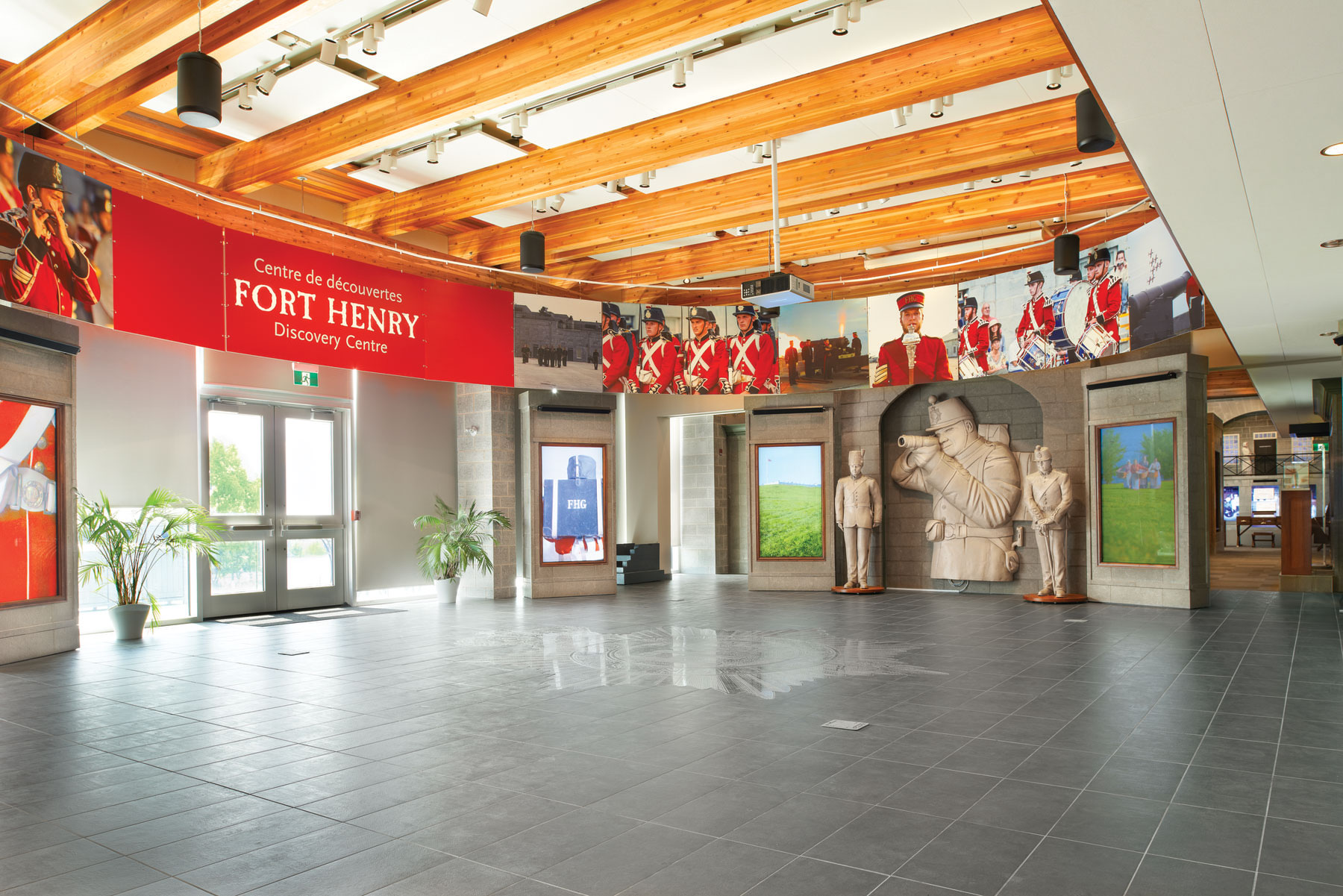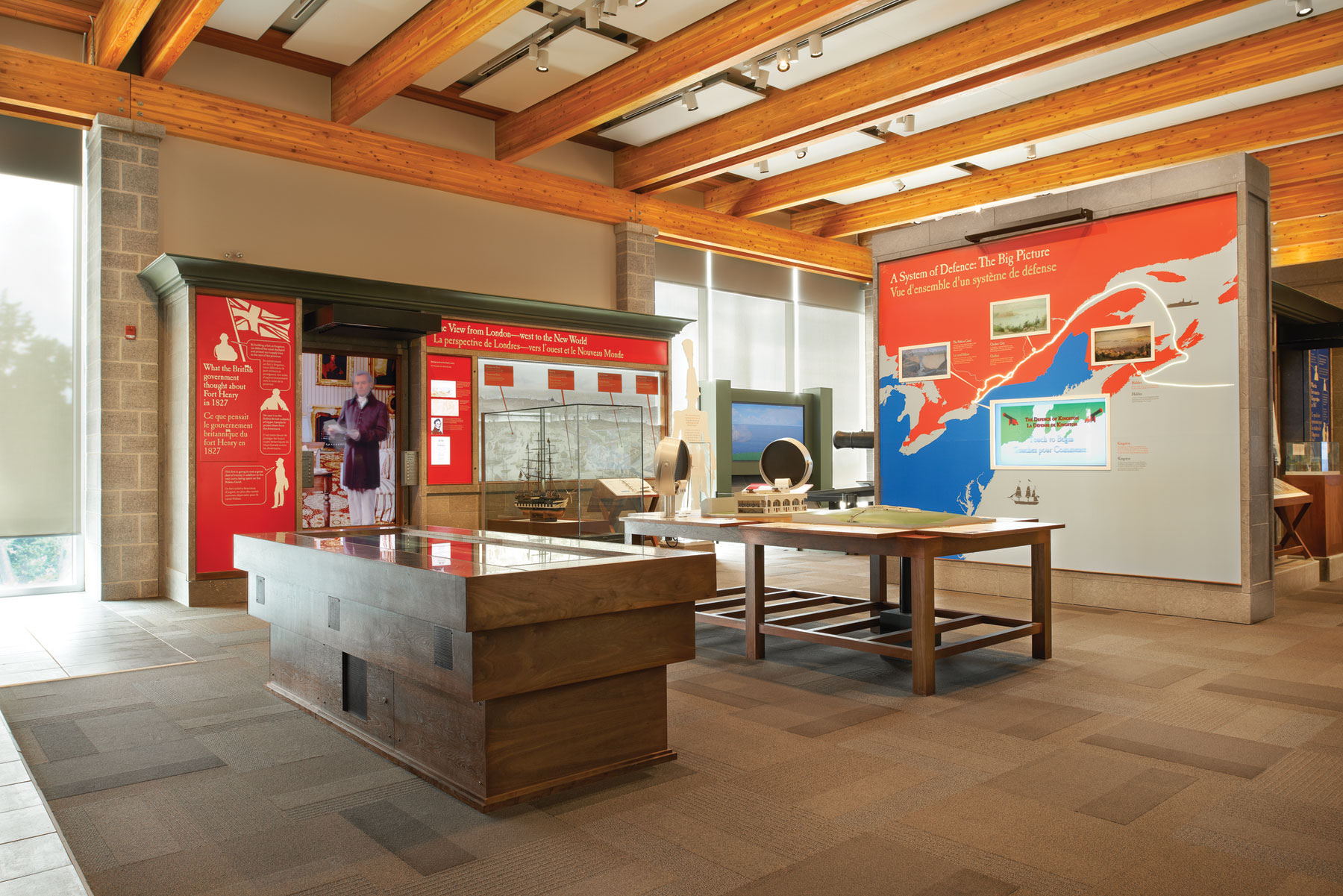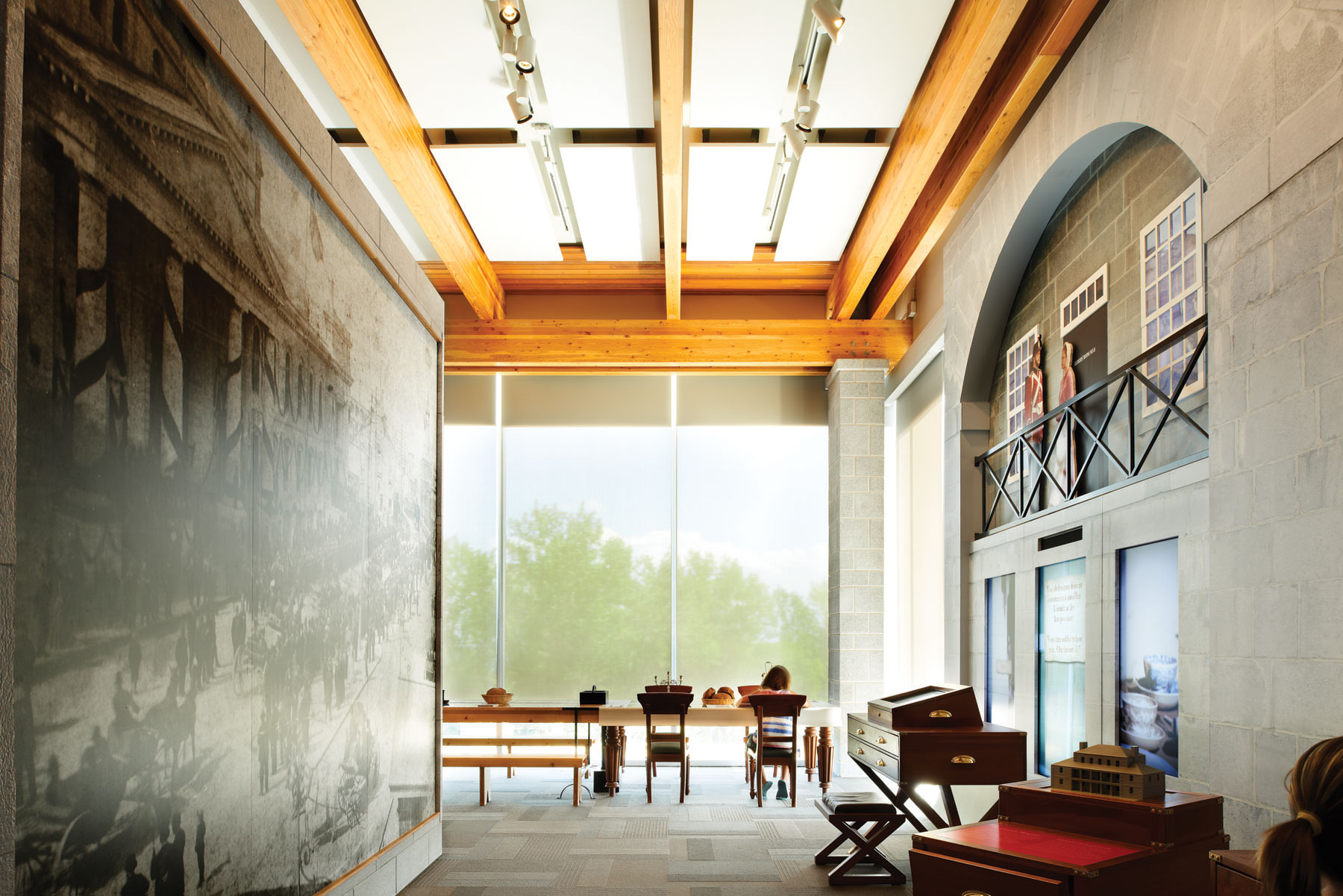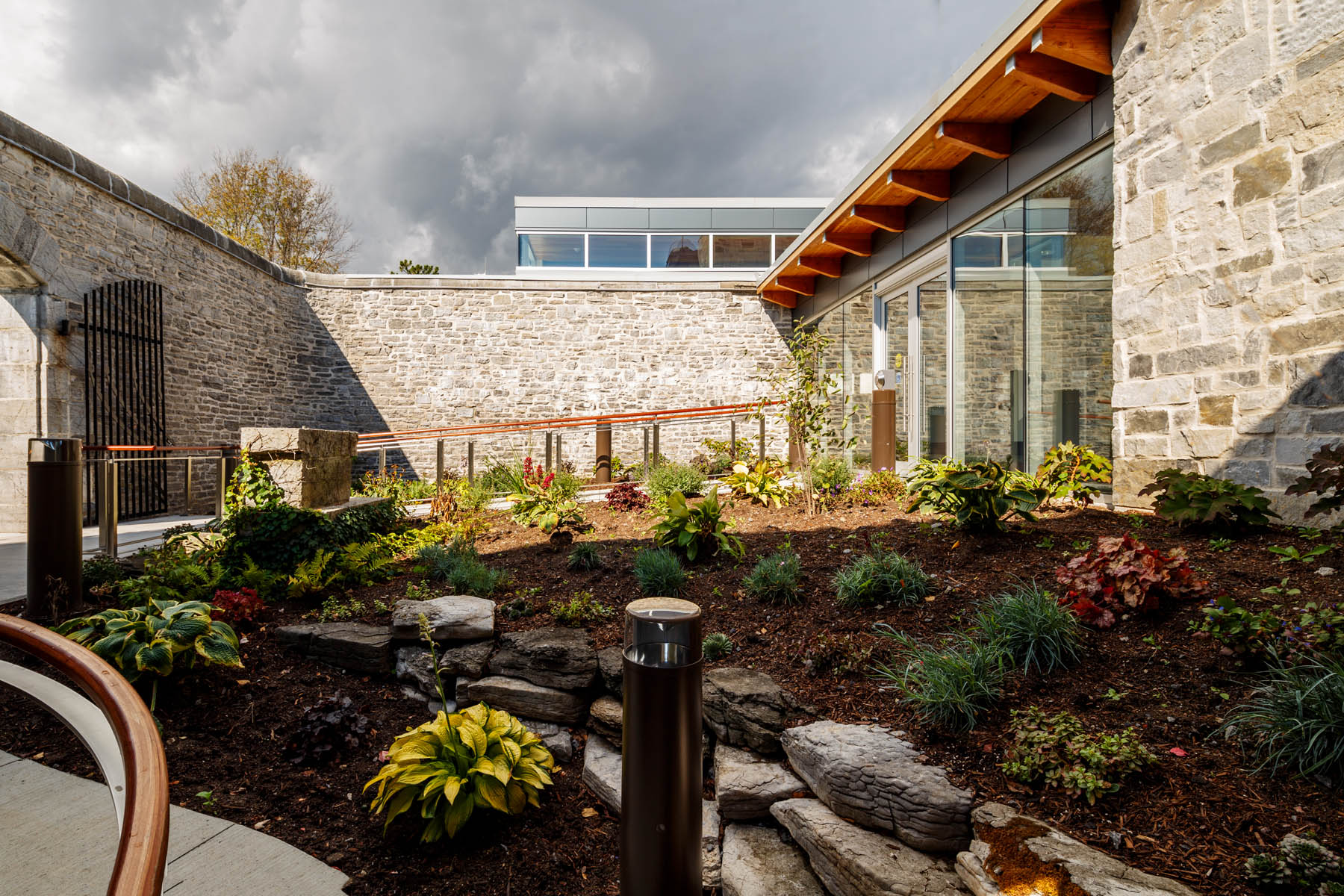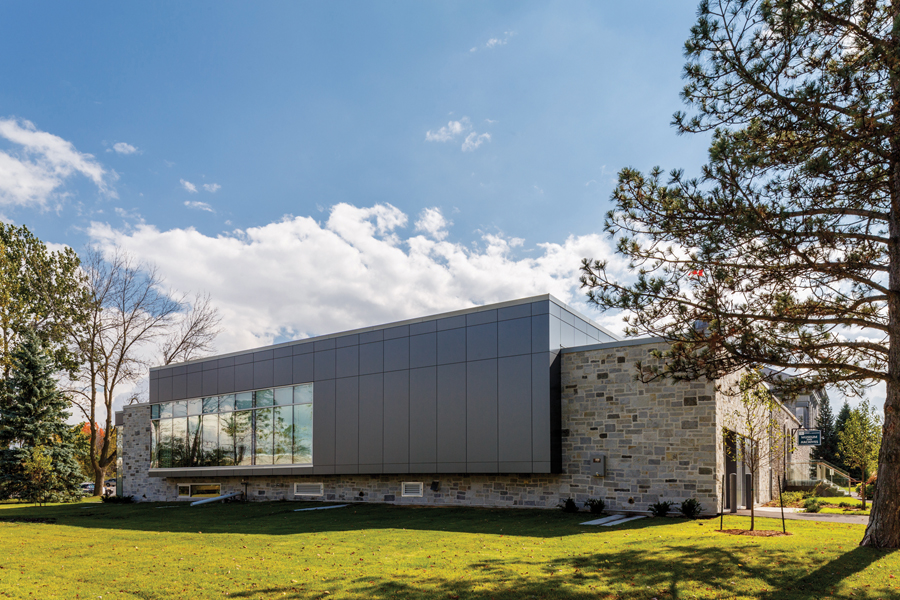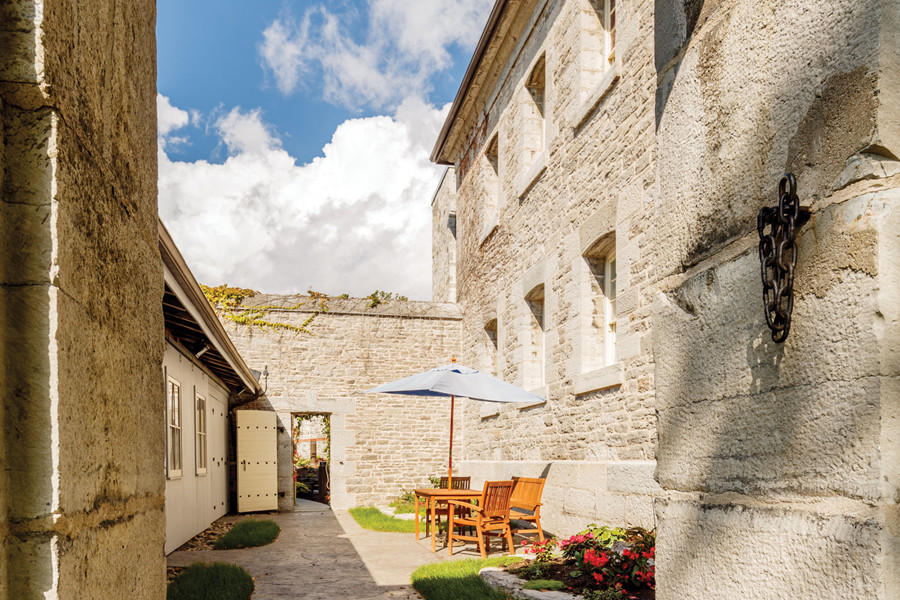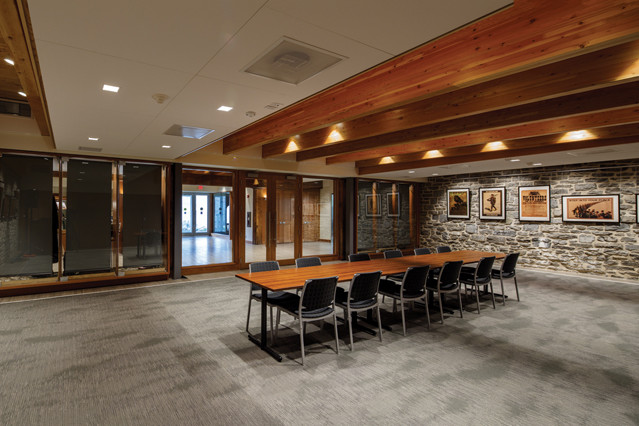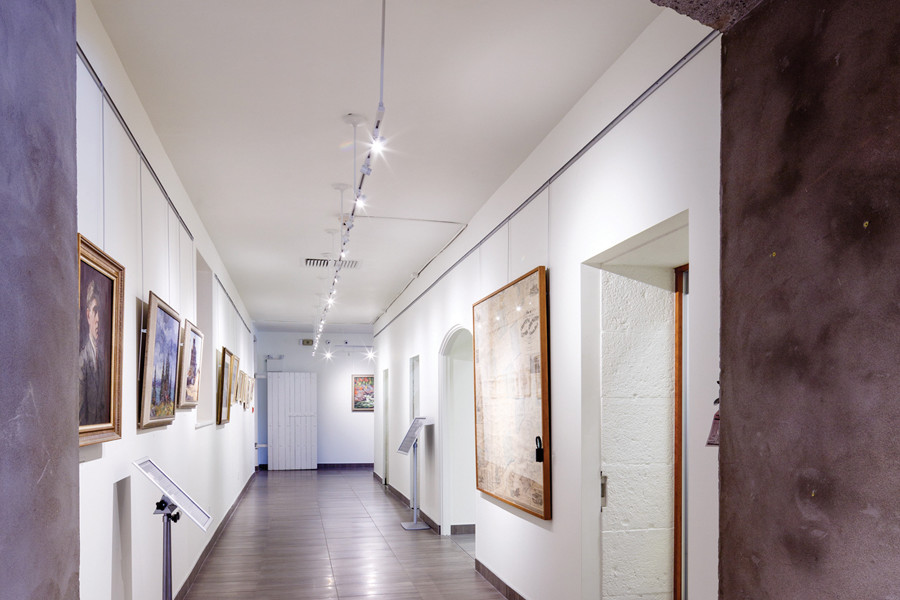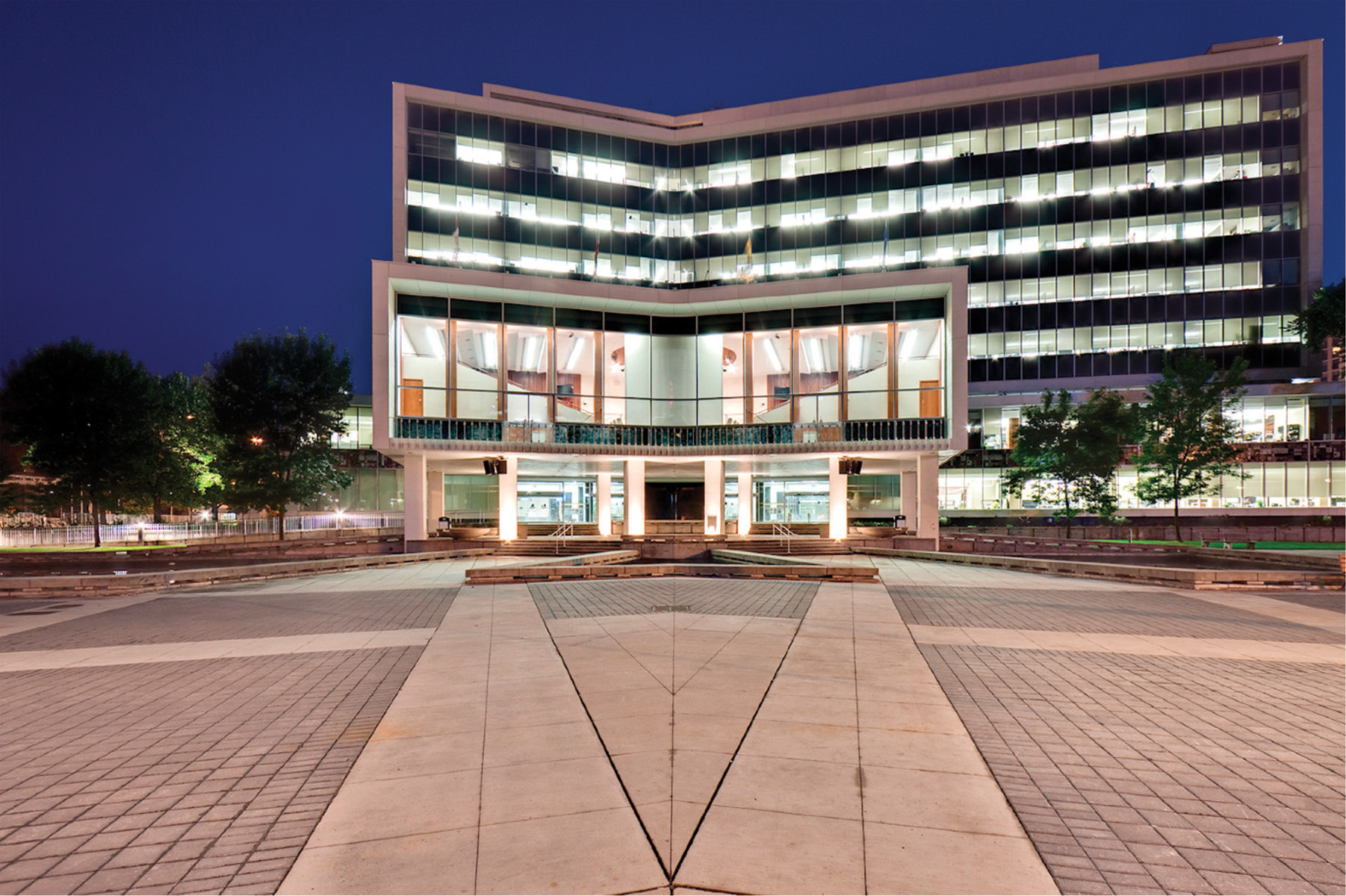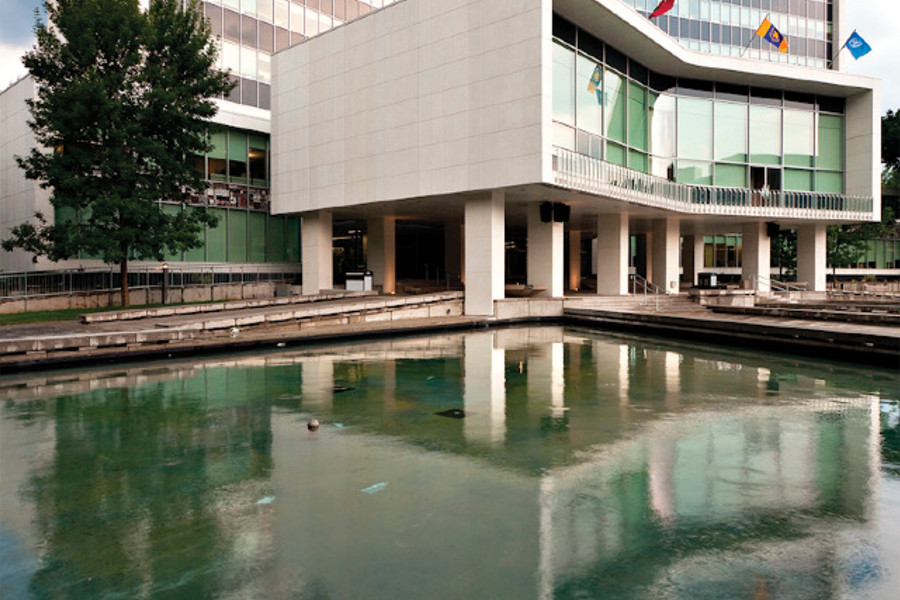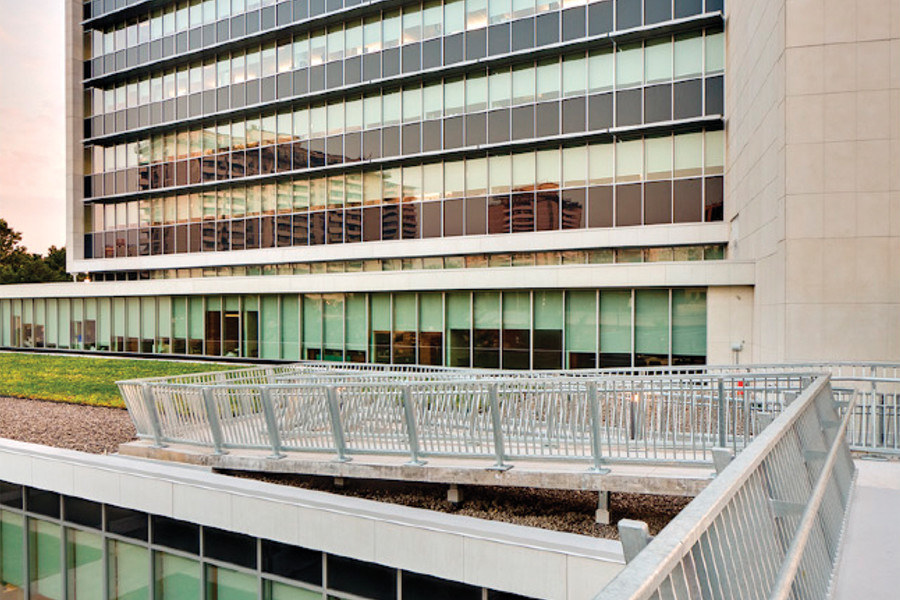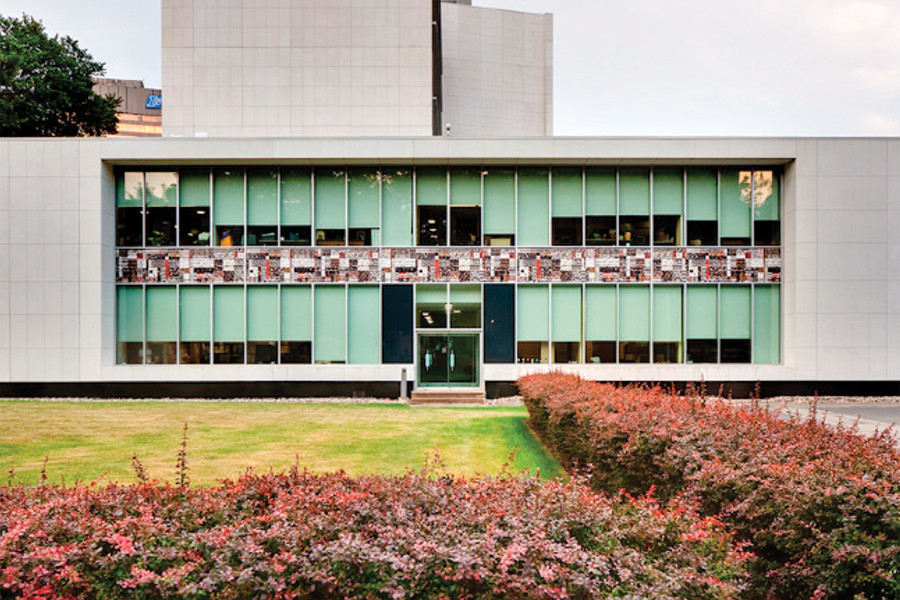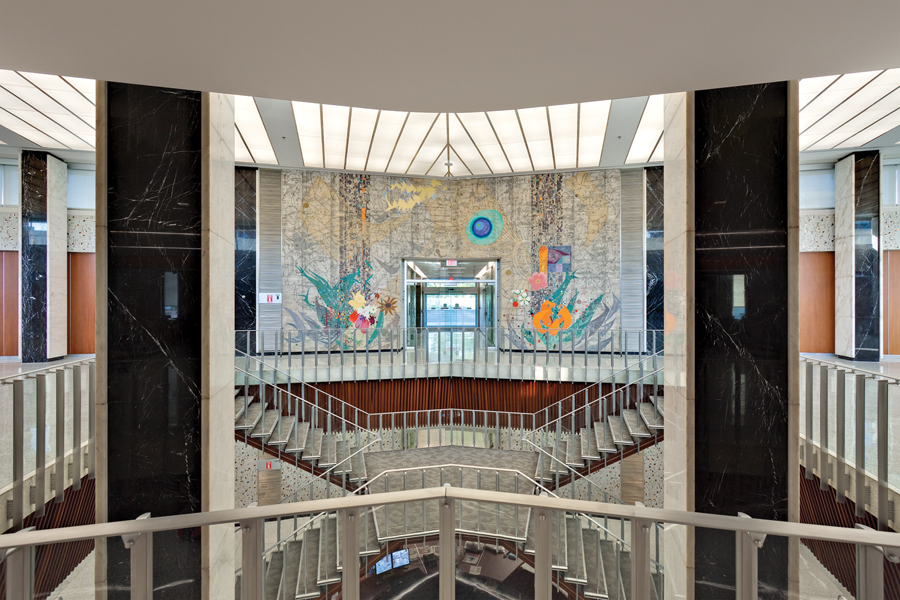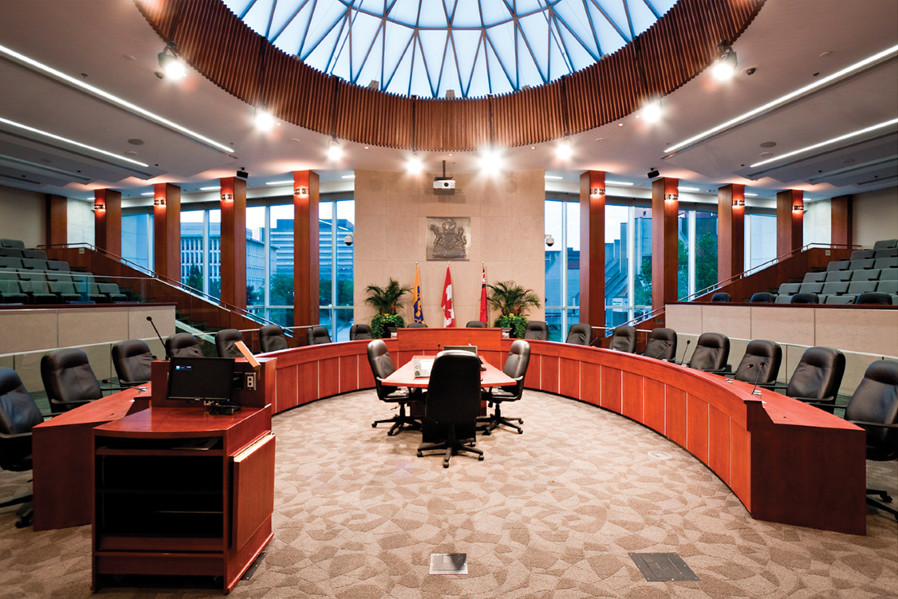Rosemount Branch Library
+VG Architects’ vision for the rehabilitation and renovation of the Rosemount Branch Library was to deliver an efficient and effective facility to the community and Ottawa Public Library (OPL) staff that would contribute to increased community activity, creative programming, and a socially inclusive and connected community.
The existing library has not undergone any significant renovation since 1982 and as a result the layout of the library does not properly support its current programs and activities. +VG addressed the many functional and operation deficiencies of the library through an economical, sustainable, historically respectful renovation and rehabilitation plan.
Our firm leveraged our previous experience on similar library projects to derive a new functional program for the Rosemount Library through comprehensive consultation with all project stakeholders, including City of Ottawa and Ottawa Public Library staff, citizens, and community groups. This project presented an opportunity to rehabilitate and renovate Ottawa’s only Carnegie Library in its centennial year, as well as to transform a historic and beloved public institution into a more legible reflection of the past and a beacon for the future.
LOCATION
Ottawa, Ontario
COMPLETED
2020
SIZE
6,089 ft²
SERVICES
Rehabilitation / Renovation
PRESS
A Small Carnegie Library Finds More Space via Innovative Design Strategies
Retrofit Magazine
Ottawa Public Library’s Rosemount branch closing for renos starting June 3
Global News
School of Graduate Studies, University of Toronto
The School of Graduate Studies Administrative Offices are located in two century houses: 63 St. George and 65 St. George Street, built in 1872 and 1891.
Both buildings are listed on the City of Toronto’s heritage registry and required a sensitive approach to renovation that would provide modern office amenity while maintaining the distinctive heritage character of the two buildings.
The School of Graduate Studies defines and administers University-wide regulations for graduate education and represents the cause of graduate education at the University of Toronto.
The primary project goal was to create better space for graduate students to interface with the administration, with student common space, counselling and consultation space, and oral defense rooms that provided a more welcoming and dignified atmosphere.
The project commenced with an evaluation of the School’s Functional Program and space planning template to test options for improved organization and workspace efficiency. The building had been extensively modified over time and many of the rooms were awkwardly planned with poor circulation and ad-hoc provisions that severely compromised the quality of space. In particular, the HVAC and lighting systems were in need of improvement to meet a modern day Administration Office standard. The renovation scope of work included:
- Rework of partitions and layout to support the program and respect original building layout
- Provided new centralized HVAC system through entire building
- New limited ceiling installations as required to support HVAC work while preserving plaster heritage cornices
- Revised Building Exiting to allow for the removal of one existing fire escape stair
- AODA compliant Accessibility measures throughout the first floor of the building.
- New Interior Finishes including preservation of significant historic finishes
- Heritage window replacement
LOCATION
Toronto, Ontario
DESIGNATED
City of Toronto Listed Heritage Site
COMPLETED
2017
SIZE
10,000 ft² (63 St. George Street)
6,500 ft² (65 St. George Street)
SERVICES
Renovation & Restoration
St. Michael Catholic Elementary School
In 2007, St. Michael CES had a student enrolment of approximately 400 FTE students.
The original building, built in 1908 and 1913, had been added to again in the 1950’s and 1970’s to accommodate, at its pinnacle, a total student enrolment of 650. +VG Architects led a school Planning Accommodation Review Committee process with the Board and School Community to help clarify academic needs and facilitate the transition to a new facility right-sized for their current and projected enrolments. Key in this process was sincere listening to the concerns of the school community while reinforcing the opportunities available to augment academic and community program spaces not achievable within the existing facility.
The process resulted in the unanimous approval of the final design approach that would see the implementation of full day kindergarten, enhanced facilities for physical education and computer literacy, classroom technology improvements, and improved non-core program elements such as larger rejuvenated play yards and space for “Before and After” childcare facilities.
The re-construction of St. Michael’s School occurred within an occupied facility on a tight urban site.
LOCATION
Belleville, Ontario
COMPLETED
2012
SIZE
39,000 ft²
CAPACITY
400 FTS
SERVICES
Reconstruction
Wortley YMCA Child Care Centre, London Normal School
The London Normal School is a Provincially significant heritage property designated under the Ontario Heritage Act.
This project created a state-of-the-art YMCA child care facility, learning spaces, camp programs and administration space within the historic facility.
+VG was the Prime Consultant responsible for planning, design, contract documents, tendering support, contract administration, general review, commissioning, and close-out.
LOCATION
London, Ontario
COMPLETED
2017
SIZE
20 Infant, 40 Toddler, 44 Pre-school
SERVICES
Renovation
AWARDS
2012 Green Brick Award
Urban League of London
Kingston Pump House Steam Museum
The Kingston Pump House Museum is a demonstration of the original waterworks that served the City of Kingston in the 19th Century.
The Pump House is located in one of Canada’s oldest original water works – where steam-powered pumps provided the first running water to Kingston residents from 1851. Only six similar preserved water pumping stations remain in North America. The assignment involved an addition to house workshops, arrival and orientation space for school groups, new accessible washrooms and office areas, as well as renovations to the existing historic building.
During excavation underground structures were discovered that were not identified in sub-surface investigations at early stages of the project. Removal of the structures and replacement with engineered backfill would have resulted in a large extra. To mitigate this, change our team mobilized on site within a few days and facilitated a meeting with between the civil contractor, the general contractor and the structural engineer to revise the footing system to avoid subsurface obstructions. By quickly addressing the issue we avoided schedule slippage.
Delay was incurred on this project due to the glazier installing curtain wall that did not match the shop drawings and specifications. Our team worked with the product manufacturers to ensure the delivered installation would still meet specified performance standards. In order to mitigate a 90-day extension to the construction schedule we instead negotiated a significant credit and applied aftermarket films to achieve the desired design. The museum was able to open on time and the overall budget was reduced.
LOCATION
Kingston, Ontario
COMPLETED
2017
SIZE
9,200 ft²
SERVICES
Renovation & Addition
PHOTOGRAPHY
David Bell
PRESS
An Inside Job: Kingston Pump House Steam Museum
Canadian Interiors
+VG unveils a contextually attuned transformation of Kingston’s historic waterworks
Building Magazine
Fort Henry Discovery Centre
Located in Kingston, and part of the St. Lawrence River tourist corridor, Fort Henry provides a living example of garrison life within the period before and after Confederation.
In 2007, the United Nations Educational, Scientific and Cultural Organization (UNESCO) classified the Rideau Canal and all area fortifications and surrounding land- scapes as a World Heritage Site. To augment the new World Heritage classification, a new Visitors Interpretive Centre was proposed to further develop the attraction for an immersive tourist experience. New programs have been designed to increase revenues for the site, and to prepare for an increase in attendance by the local community and tourists.
Careful consideration was taken to design this attraction on a historic site at the entrance to the Rideau Canal system.
The project included a new multi-purpose space and event venue, outdoor patios, an 1,850 ft² gift shop for museum souvenirs, a 800 ft² snackbar, and public wash- rooms.
LOCATION
Kingston, Ontario
COMPLETED
December 2012
SIZE
10,000 ft²
SERVICES
New Construction on a UNESCO World Heritage Site
AWARDS
2014 CAHP Awards
New Building on a Historic Site
Lennox & Addington Museum & Archives
The County Museum and Archives is adjacent to the County’s stately limestone Courthouse, restored by +VG Architects in 1996. The museum, an 1864 limestone building, was, until 1971, the county jail.
In 2002, the County retained +VG Architects to provide architectural consulting and museum planning services to carry out a review of the Museum and Archives structural and functional components, such as service delivery and accessibility, in order to maximize the effectiveness and efficiency of the Museum operation for the 21st Century. One of the major goals of the study was to find ways to accommodate more flexible space for student activity, education programs, and multi-purpose needs.
In Spring 2009, +VG was asked to revisit the study to review the program against current needs and update project costing in anticipation of proceeding with implementation of the Museum and Archives Master Plan vision later in 2009. In 2011, +VG was retained to design the expansion to the existing Archives building. We were chosen for the expertise and experience with designing institutional buildings within historical contexts.
The expansion includes new activity and educational program areas, public washrooms, relocated Research Room and Archival Storage, multi-purpose space, storage space in the basement, and a new one-storey gallery addition.
The historical setting of the property as a whole, represented a unique challenge. In order to fully appreciate this setting, it was imperative that the development of the property be designed in harmony with both the topography of the site and the existing heritage fabric, so that the historical beauty of the existing building and natural open area of the site will continue to be the dominant features. To accomplish this, careful consideration has been given to the size and siting of the building, the architecture of the new intervention in regards to the choice of cladding materials, and in maintaining as much as possible of the property in its natural current state.
LOCATION
Napanee, Ontario
COMPLETED
2014
SIZE
12,000 ft²
SERVICES
Study, Renovation & Addition
PHOTOGRAPHY
David Bell
Hamilton City Hall
Hamilton City Hall was designed in the modernist International Style by Canada’s first municipally-employed architect, Stanley M. Roscoe.
Constructed in 1960, it has become one of the few intact examples of this style of architecture in Canada, and exemplifies a progressive movement away from the Victorian historicism of Hamilton at the time. Attributes of the International Style found in the design include: massing and geometry, open interior plan, structural grid system and the use of curtain wall, flat roofs, finishing materials of steel, concrete and marble, and the integration of art (as opposed to ornamentation) into the design.
The 2010 heritage rehabilitation of this modernist International Style building included:
- Relocation of services to the main floor to provide greater ease of access for the public
- Improvements to the building’s energy performance by insulating exterior walls, and installation of high efficiency mechanical systems
- Upgrades to meet current OBC requirements including barrier free accessibility
- Replacement of major building services and integration of contemporary technology
Challenges of the Heritage Conservation Plan:
- Integration of new building systems while respecting the heritage building fabric
- Replacement of exterior marble cladding with more durable cladding due to life safety and structural stability concerns caused by deterioration of the original marble in the southern Ontario climate
- Protection and restoration of Italian glass mosaic tile used extensively on exterior soffits, spandrel panels, and fascia, and interior walls and ceilings
- Protection and restoration of terrazzo flooring, interior wood paneling and doors, luminescent stone panels, marble interior paneling, aluminum handrails and guards, and curtain wall
- Conservation of interior art murals including cleaning, protection and relocation of one mural
- Rehabilitation of the Council Chambers with dome skylight
LOCATION
Hamilton, Ontario
COMPLETED
2010
SIZE
180,000 ft²
SERVICES
Heritage Consulting Services for Rehabilitation
AWARDS
2012 Toby Award (Office Building of the Year Award, Corporate Facility)
Building Owners & Managers Association (BOMA Toronto)
2011 Award of Merit (Restoration)
City of Hamilton Public Works Department

